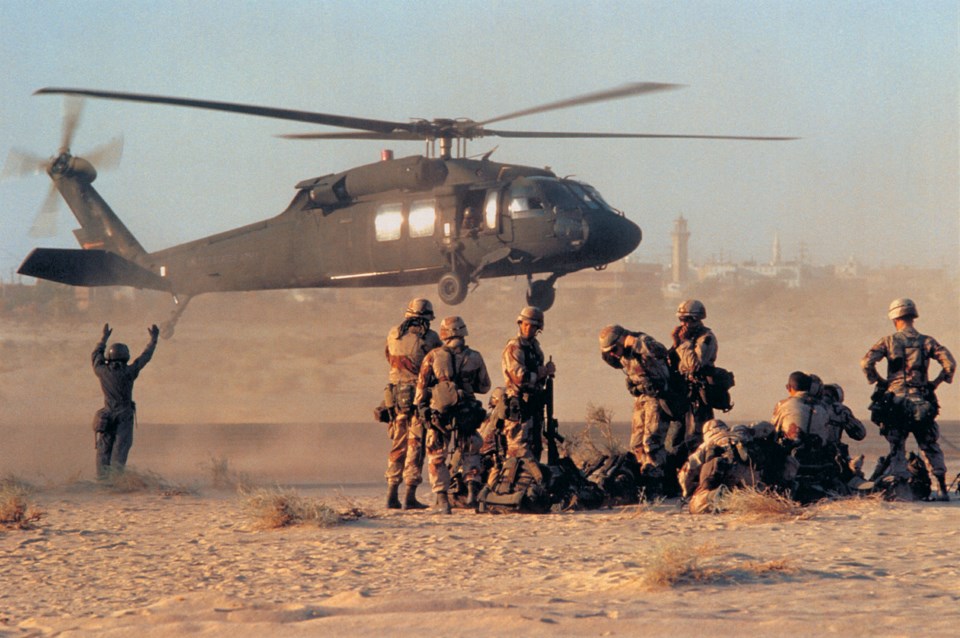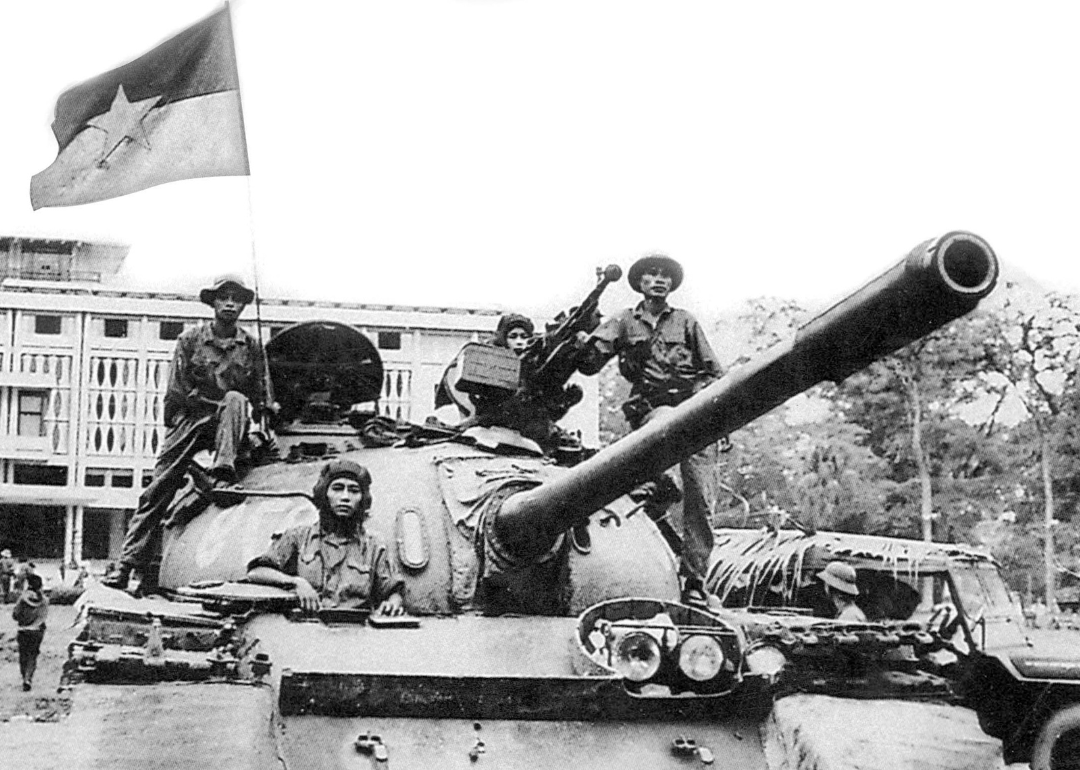The Vietnam War was a conflict with profound international implications that changed the landscape of American international policy for decades to come—a phenomenon called Vietnam syndrome.
On a human level, the war was disastrous—an estimated 2 million Vietnamese civilians were killed, and over 1 million Vietnamese soldiers lost their lives. Over 2.7 million Americans served in the war and 58,318 died, with thousands more going on to suffer from the lifelong impacts of post-traumatic stress disorder, a poorly understood affliction at the time.
To give a sense of the conflict's scope and unfolding, Stacker compiled a timeline of the Vietnam War using a variety of news and government sources.
The lead-up to the war begins with Vietnam's colonial history. Napoleon III, France's first President, began an invasion process of Vietnam in 1858 that would conclude in 1883 with a complete annexation of the country. By 1893, France had annexed neighbouring Cambodia and Laos as well and created out of the three nations a territory referred to as Indochina.
Life in Vietnam under French colonial rule was brutal, with Vietnamese people granted few civil liberties and subjected to constant exploitation. As one clear indicator of the long-term and devastating impact of colonialism, in Vietnam—a state that had existed for centuries before the French invasion—before French colonial rule, a majority of the population was literate. By 1939, 80% of the population was illiterate, and 45% of the land was owned by 3% of landowners, while half of Vietnam's population was landless.
Though there had been uprisings predating him, the emergence of Ho Chi Minh into Vietnam's political arena in the 1930s marked the beginning of a new period of resistance for Vietnam. Internationally educated, Ho introduced communism to the nation as a clear political antithesis to the capitalistic, colonial rule of France.
During World War II, with the fall of France to Nazi Germany, Vietnam became a possession of Japan, though was still administered by the French Vichy government. Once Japan surrendered, Ho Chi Minh and the Viet Minh successfully led Vietnam to independence, forming the short-lived Democratic Republic of Vietnam.
However, post-war France was vehement in its aims to reestablish a French empire, with Charles de Gaulle proclaiming that if the U.S. did not back France in its reconquest of Vietnam, they might ally themselves with Soviet Russians. Thus began the First Indochina War, a conflict that would eventually morph and spiral into the Vietnam War.
Of the many precipitating events that followed, few were as pivotal as the Battle of Dien Bien Phu in setting the stage for the outbreak of the Vietnam War. A crushing defeat of French forces by the Viet Minh occurred in the lead-up to peace negotiations in Geneva. The battle resulted in the deaths of 2,200 French soldiers and the capture of almost 11,000. The defeat escalated negative public opinion of France's presence in Vietnam, led to the partition of the country, and the eventual complete withdrawal of French presence—to be replaced eventually by American intervention.
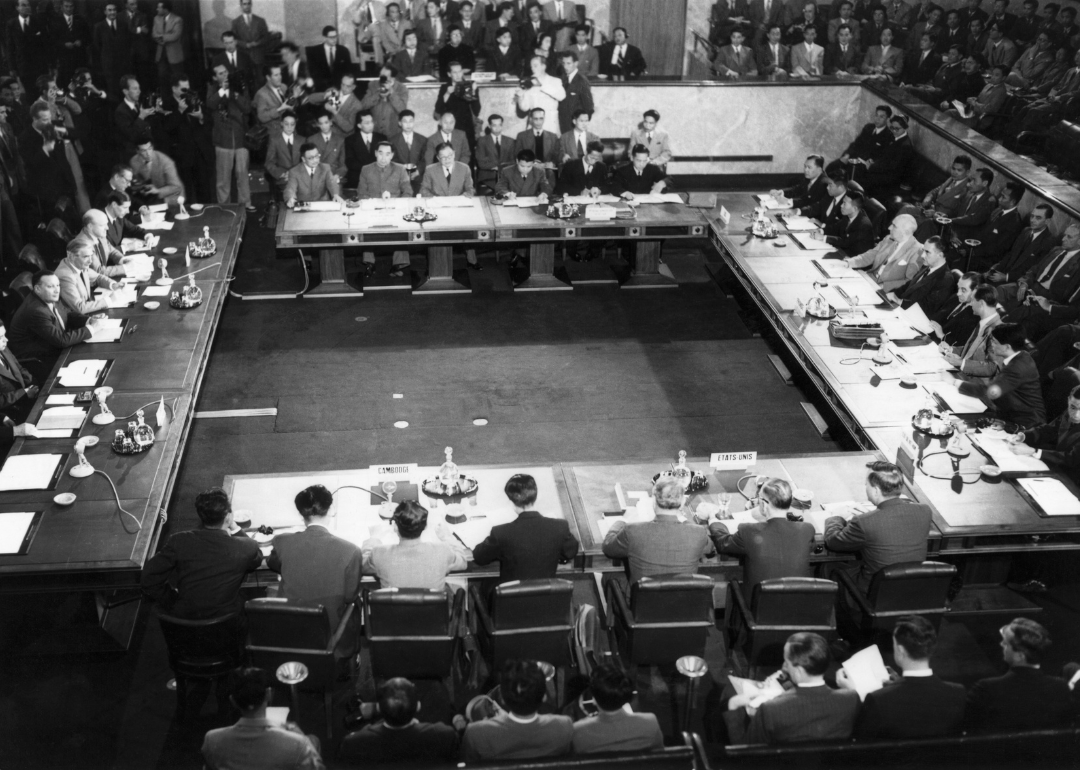
July 1954: Vietnam is split in two by an international conference in Geneva
On the heels of the end of the Korean War (which saw Korea divided at the 38th parallel), negotiators at Geneva proposed a partition of Vietnam at the 17th parallel. Ho Chi Minh, Vietnam's leader, faced pressure from his Soviet and Chinese allies to accept the terms of the settlement, as their political aim at that moment was to minimize conflict with Western nations.
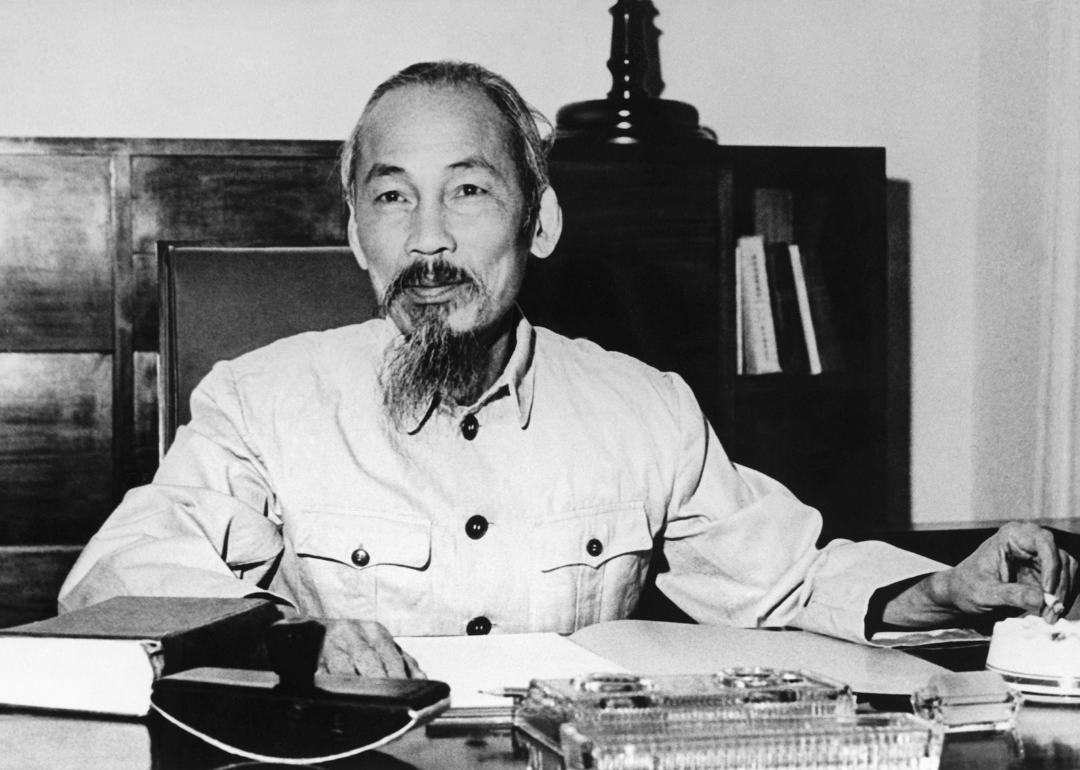
1955: North Vietnam becomes a communist state while South Vietnam is led by a Catholic nationalist with U.S. backing
The partition of Vietnam led 130,000 French-led troops to relocate from the North to South Vietnam, and between 50,000-90,000 Viet Minh to relocate to the North. Intended as a temporary division, the Geneva Accords stipulated that a general election was to be held two years later that would reunify the nation. In part, as a result of the U.S.-backed rise of Catholic nationalist Ngo Dinh Diem in South Vietnam, these elections were never held, and with Ho Chi Minh leading North Vietnam as a communist state, the two states moved toward conflict.
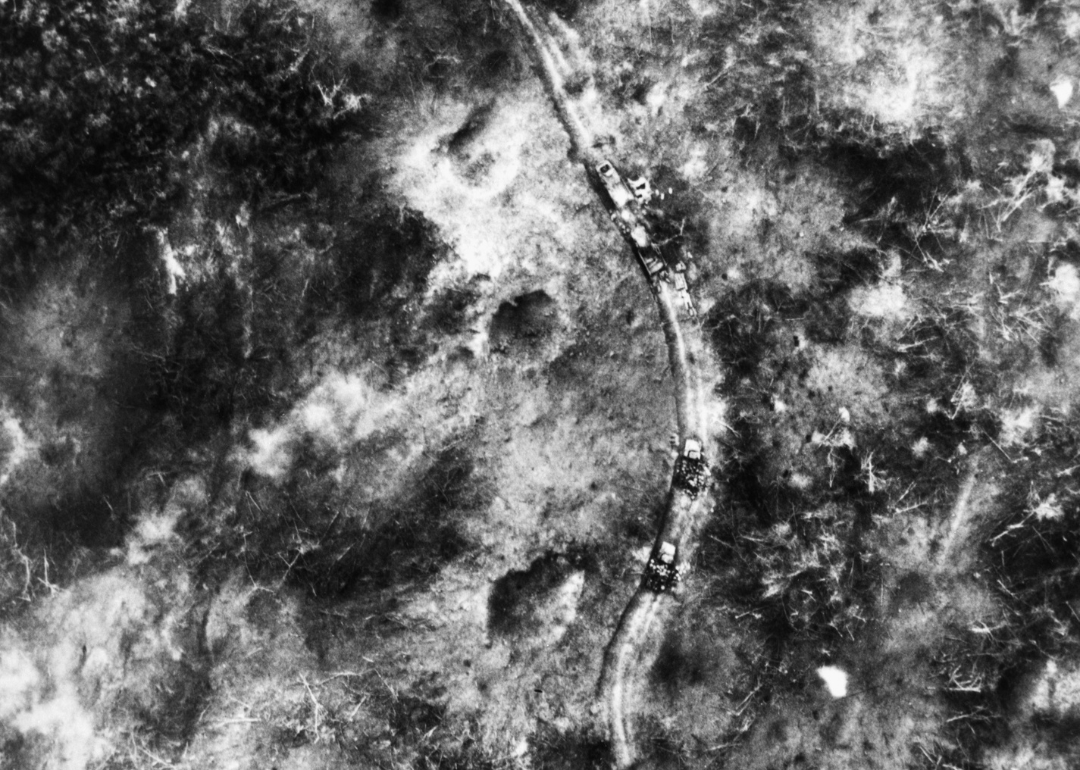
May 1959: North Vietnam begins building the Ho Chi Minh Trail to transport supplies
A trail that was used to ferry both supplies and soldiers to South Vietnam, the Ho Chi Minh Trail snaked through the mountains and jungles of neighboring Cambodia and Laos. Part of the North's guerrilla and revolutionary warfare strategy, the trail would remain an important and continually growing pathway from North to South, though it often took more than one month to traverse.
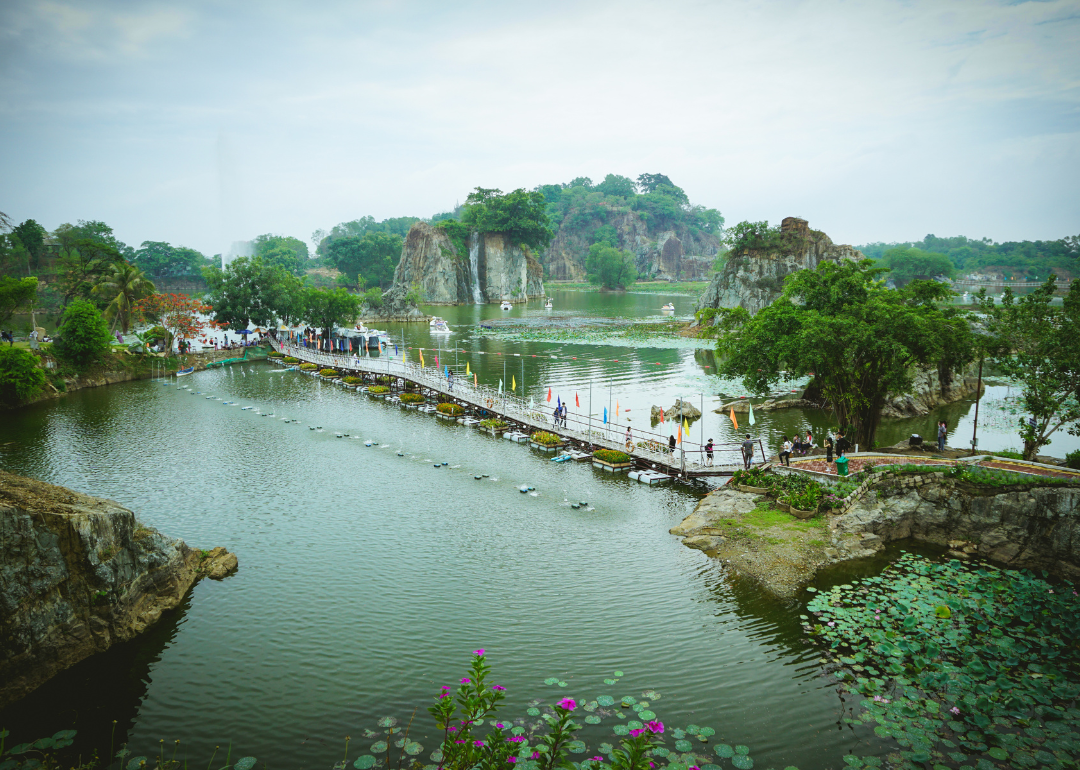
July 1959: The first U.S. soldiers are killed in South Vietnam
As a number of U.S. advisors watched a movie in the mess hall of the South Vietnamese Army's compound at Bien Hoa, six guerrillas infiltrated the facility and opened fire with automatic weapons. Two Americans of the 13-man detachment were killed and a number wounded—marking the first U.S. deaths in the Vietnam War.
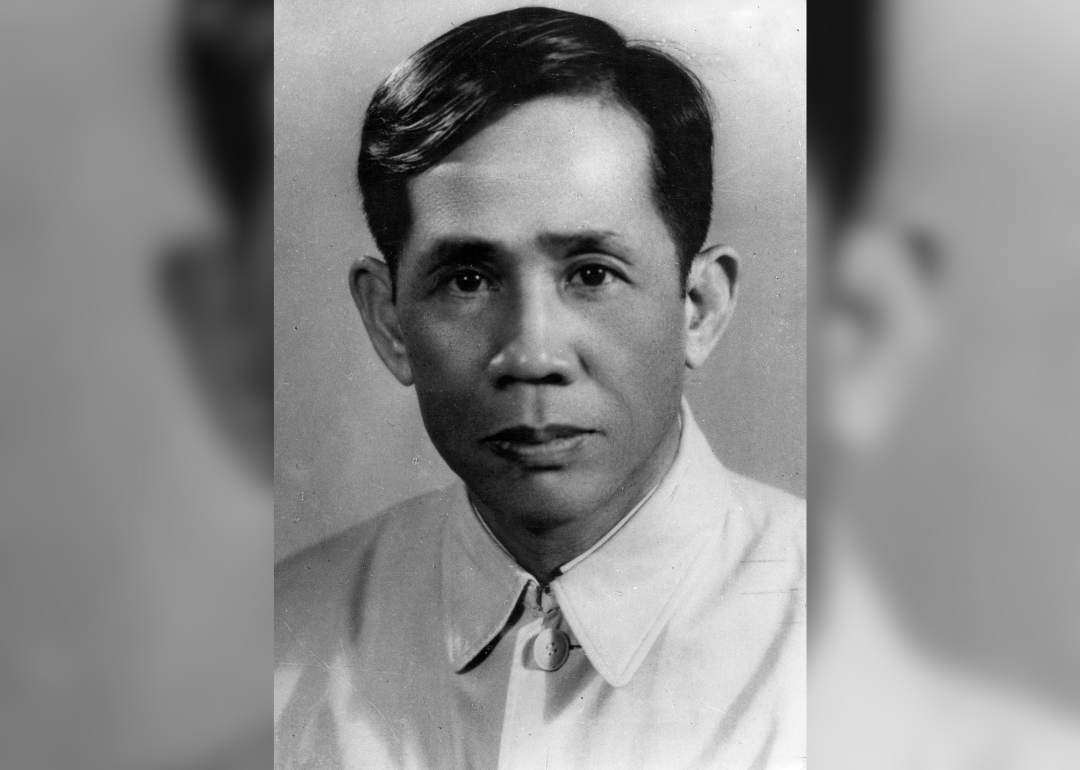
September 1960: Ho Chi Minh gives up his party position and Le Duan rises to power in North Vietnam
During the third congress of the Lao Dong, Ho Chi Minh ceded his position as party secretary-general to Le Duan. Ho remained North Vietnam's chief of state and continued to exert influence on the state's government until his death in 1969, but operated largely behind the scenes. Le Duan had been a prominent and influential figure throughout Vietnam's early 20th-century history, and he is generally considered to have had a more militaristic approach than Ho Chi Minh.
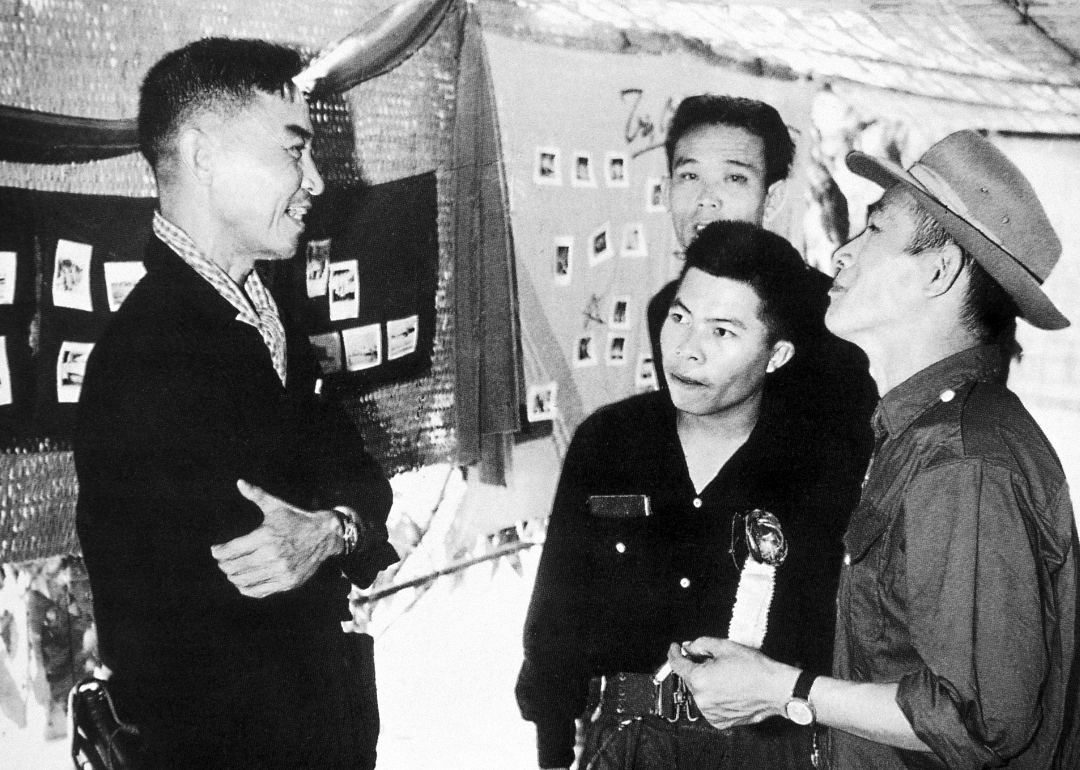
December 1960: The National Liberation Front, later known in the U.S. as the Viet Cong, is formed in South Vietnam with backing from North Vietnam
Under the leadership of Le Duan, North Vietnam began to pursue an aggressive war of reunification with the South, beginning with more active support of revolutionary groups in the South. This resulted in the formation of the National Liberation Front, which had the explicit goal of overthrowing the government of Ngo Dinh Diem in the South. Pejoratively labeled the Viet Cong by the U.S. and the government in Saigon (for Communist traitors to the Vietnamese nation), the NLF differed from its predecessor the Viet Minh in that it was not directly tied to a provisional government until nearly a decade later.
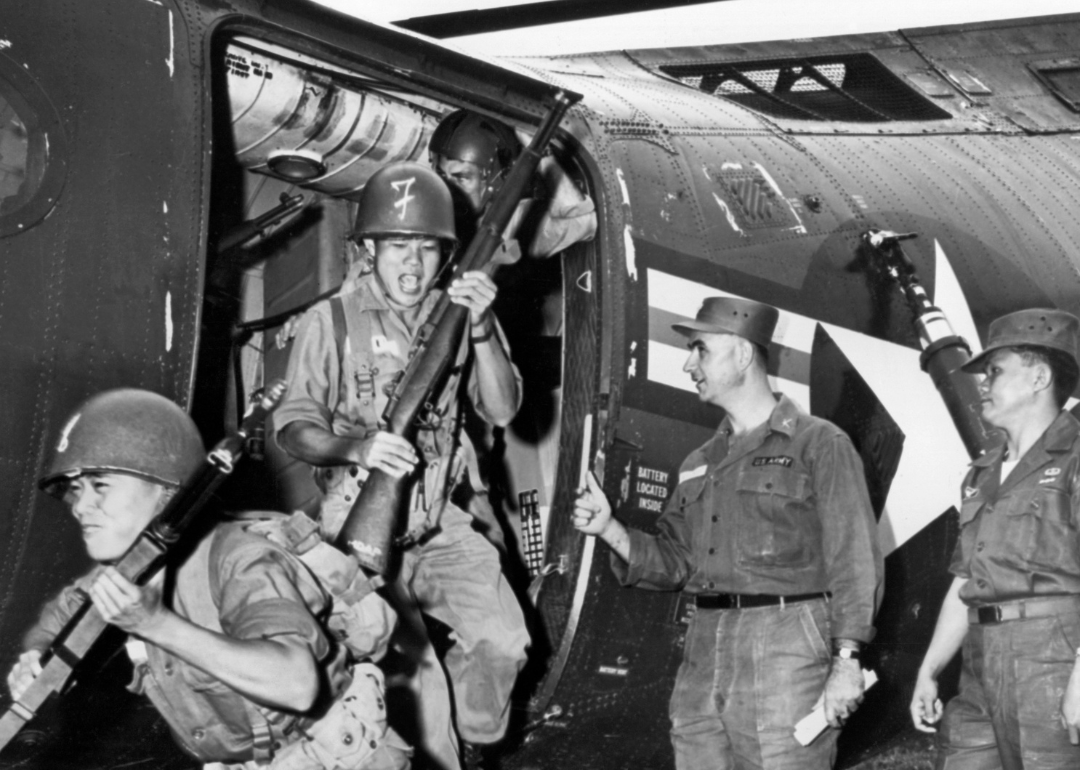
May 1961: The U.S. sends soldiers and helicopters to South Vietnam to help combat the NLF
Seeing the conflict primarily through a Cold War lens, President John F. Kennedy authorized covert operations in South Vietnam intended to prevent a Communist takeover in the region. The memorandum (NSAM 52) enabled "military, political, economic, psychological" actions to be taken in the region—which included helicopters and 400 Green Beret troops.
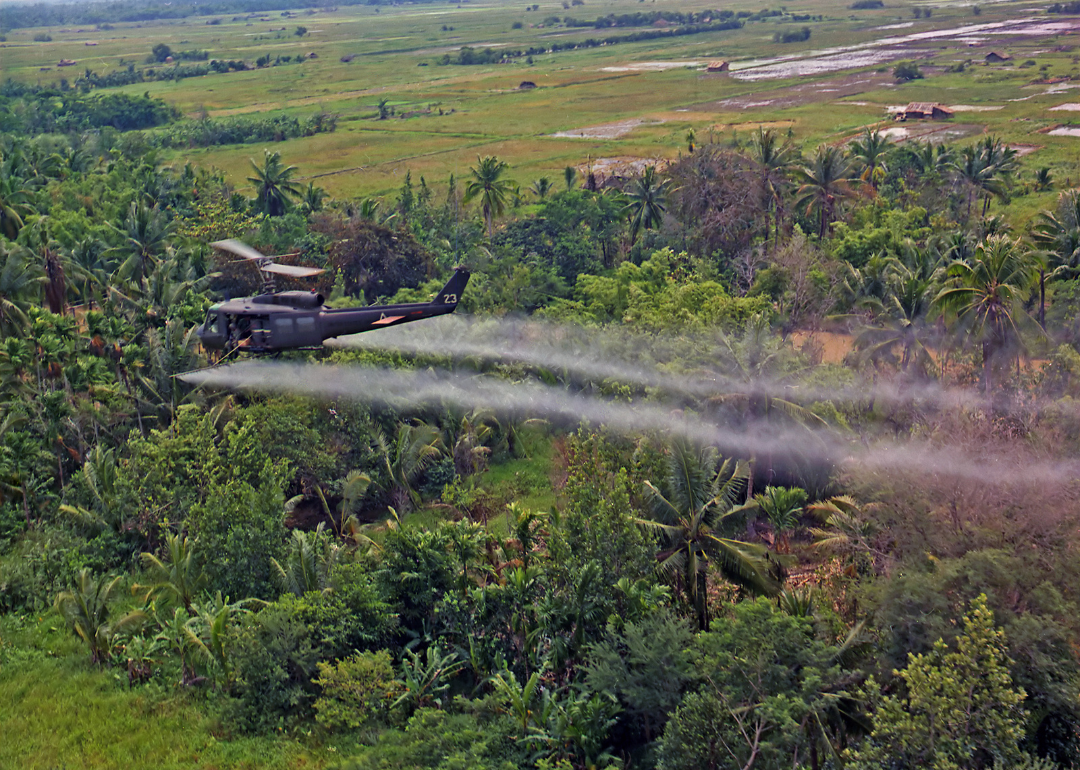
January 1962: Operation Ranch Hand employs the widespread use of Agent Orange in South Vietnam
This operation marked the beginning of the use of chemical warfare by the U.S. in Vietnam, known most infamously as Agent Orange. Intended initially to defoliate vegetation and expose hidden trails used by the NLF, between 1962-1971 the U.S. would dump approximately 19 million gallons of defoliating herbicides over an area constituting 10%-20% of Vietnam's landmass. These chemicals are now understood to increase the likelihood of a whole host of life-threatening illnesses.
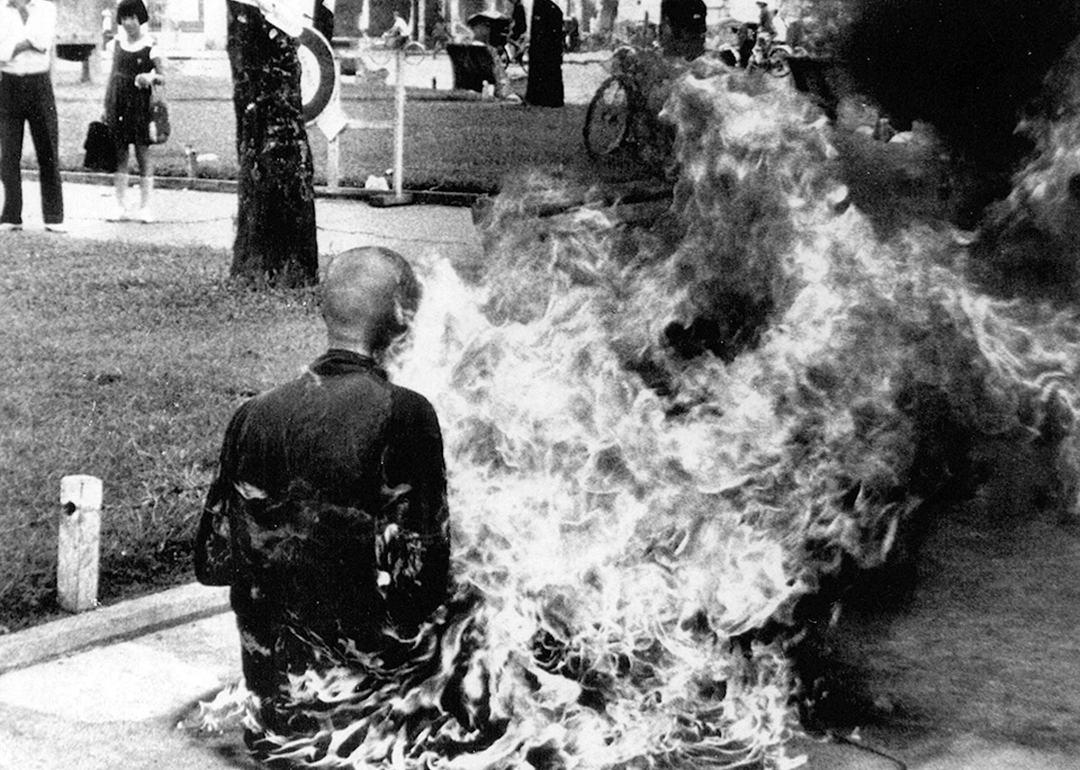
1963: Ngo Dinh Diem opens fire on a crowd of Buddhist protesters in May and Buddhist monks begin immolating themselves in public spaces in June
A staunch Catholic nationalist, Ngo Dinh Diem's rule over South Vietnam gave rise to violent religious oppression, including the deadly suppression of protesting Buddhist monks. In late June, as an act of defiance against the Diem government's oppressive policies, Thich Quang Duc, a Buddhist monk, self-immolated—the photos from which led President Kennedy to remark that "No news picture in history has generated so much emotion around the world as that one." This form of protest would continue for much of 1963, and the impact it had on the Diem government gave it the label "the Buddhist Crisis."
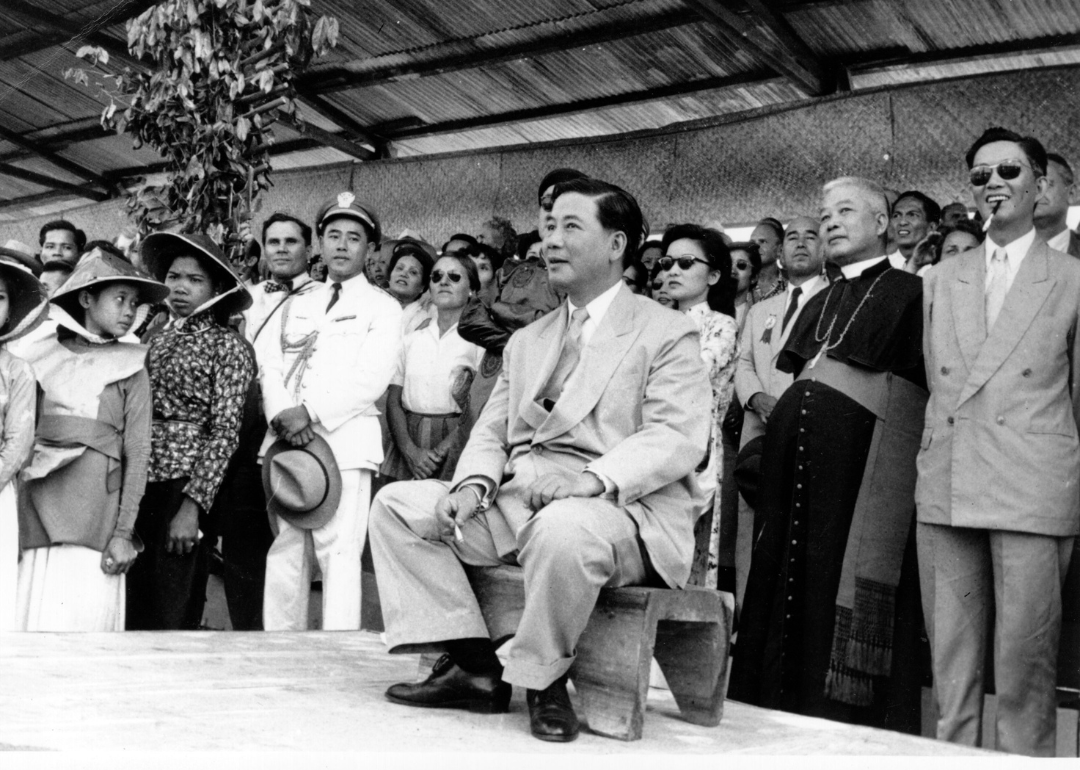
November 1963: The U.S. backs a coup that assassinates Diem, beginning the first of 12 different governments to leave South Vietnam during the next two years
In part as a result of the fallout from the oppressive and violent policies in Diem's government, the U.S. indicated support for a military-led coup in South Vietnam. Known as "Cable 243," the communique from President Kennedy's government to the U.S. ambassador in South Vietnam had an immediate impact—Diem and his brother Ngo Dinh Nhu were assassinated a few months later, leading to 12 successive military coups between 1963 and 1965.
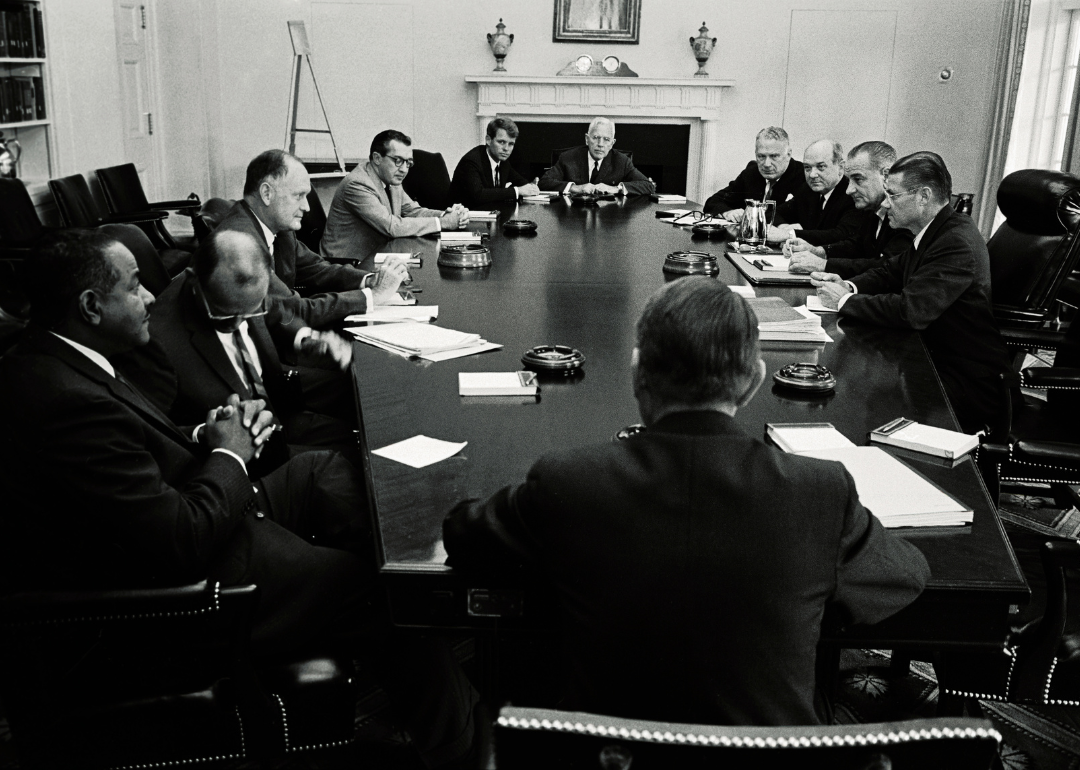
August 1964: Congress passes the Gulf of Tonkin Resolution after the USS Maddox is attacked by North Vietnam torpedo boats
Three days after the U.S. initiated the shelling of two North Vietnamese islands, North Vietnamese torpedo boats surprised the Maddox and engaged the destroyer in direct combat. The Johnson Administration used this and a supposed conflict the following day to ensure passage of the Gulf of Tonkin Resolution, which provided President Johnson with the legal power to wage all-out war in Southeast Asia.
Declassified documents have subsequently indicated that the Johnson Administration lied about the events precipitating the passage of the Gulf of Tonkin Resolution—namely, that a second and more coordinated attack on both the Maddox and the Turner Joy had not actually occurred. By this point, there were already 23,000 U.S. troops in Vietnam and approximately 400 U.S. casualties.
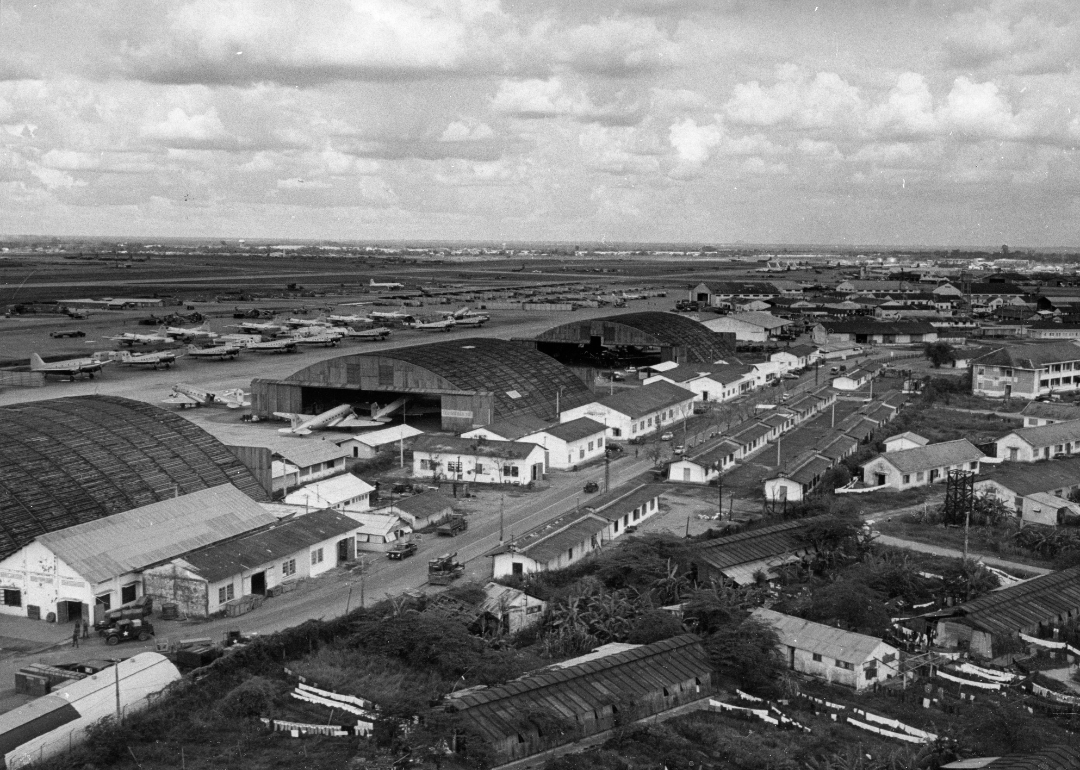
November 1964: North Vietnam receives more support from the USSR and China
In the form of a wide variety of armaments, as well as food and medical supplies, the Soviets increased their support of North Vietnam. China supplied primarily infrastructural support, sending engineering troops to build defense infrastructure. Then, two days before the U.S. election, four Americans were killed in an NLF shelling of Bien Hoa Air Base, with 76 more wounded, and five B-57 bombers destroyed.
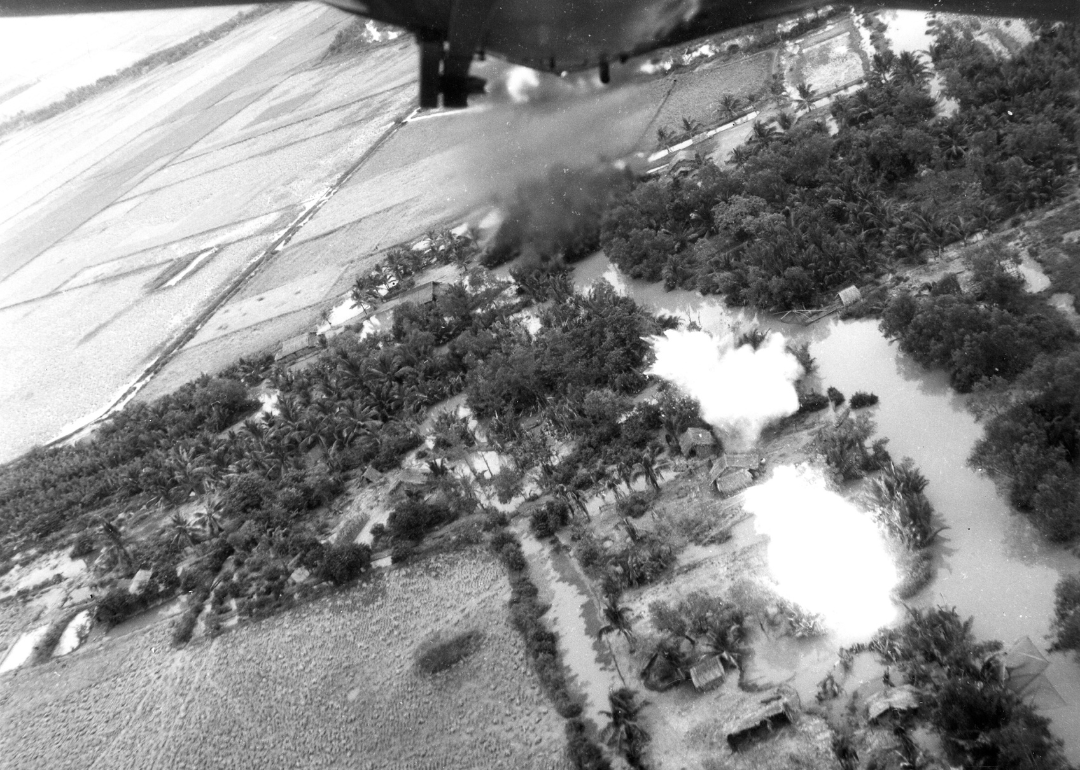
February-March 1965: Operation Flaming Dart launches bombing campaign of North Vietnam
The initiation of Operation Flaming Dart marked the first series of U.S. Air Force strikes against North Vietnamese targets. Then, in a bid to challenge the NLF's supply lines, President Johnson launched Operation Rolling Thunder, beginning a three-year-long continual bombing of North Vietnam and the Ho Chi Minh trail that resulted in an estimated 182,000 Vietnamese civilian deaths. Finally, in March, the U.S. landed its first major deployment of ground troops at Da Nang—with the intended purpose of defending U.S. air bases.
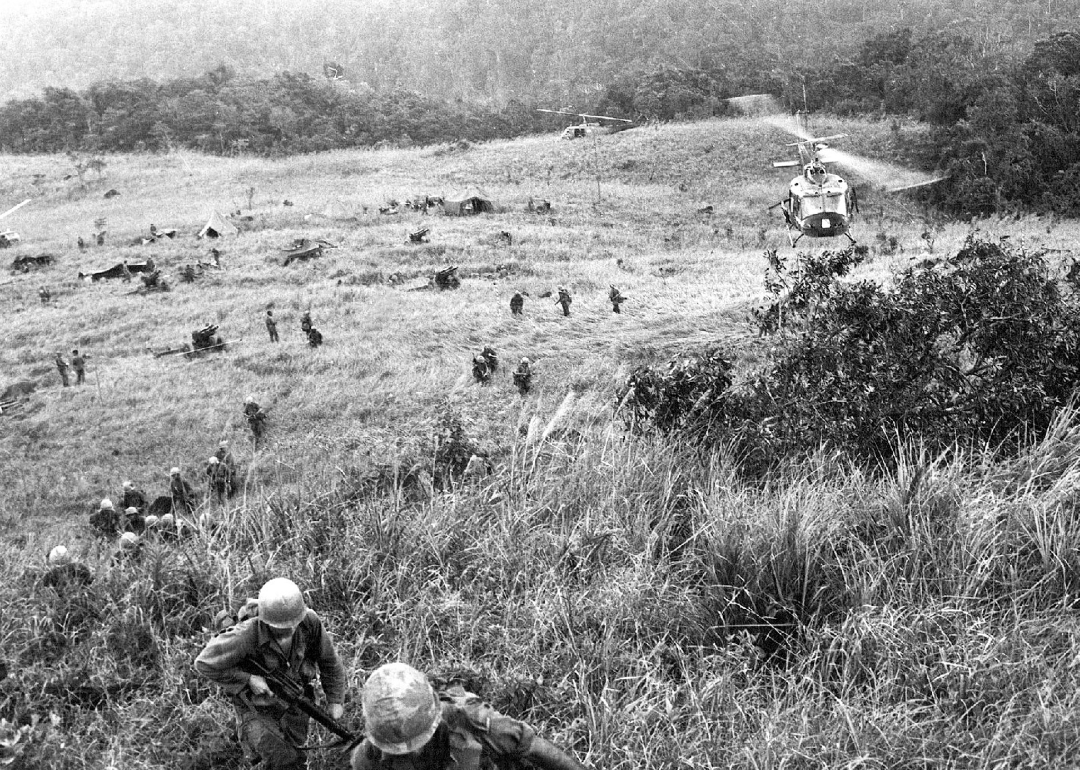
August 1965: Operation Starlite marks the first major ground offensive conducted by U.S. troops in Vietnam
Marking a turning point in the U.S. Marines' primary mission from one of defense toward aggressive action, 5,500 U.S. Marines conducted an assault on the 1st NLF Regiment. It was an early success for U.S. military forces in the Vietnam War—with 614 NLF troops killed, 45 U.S. Marines killed, and 203 wounded. Lasting six days, Operation Starlite largely scattered the 1st NLF Regiment, though it would regroup and rebuild later.
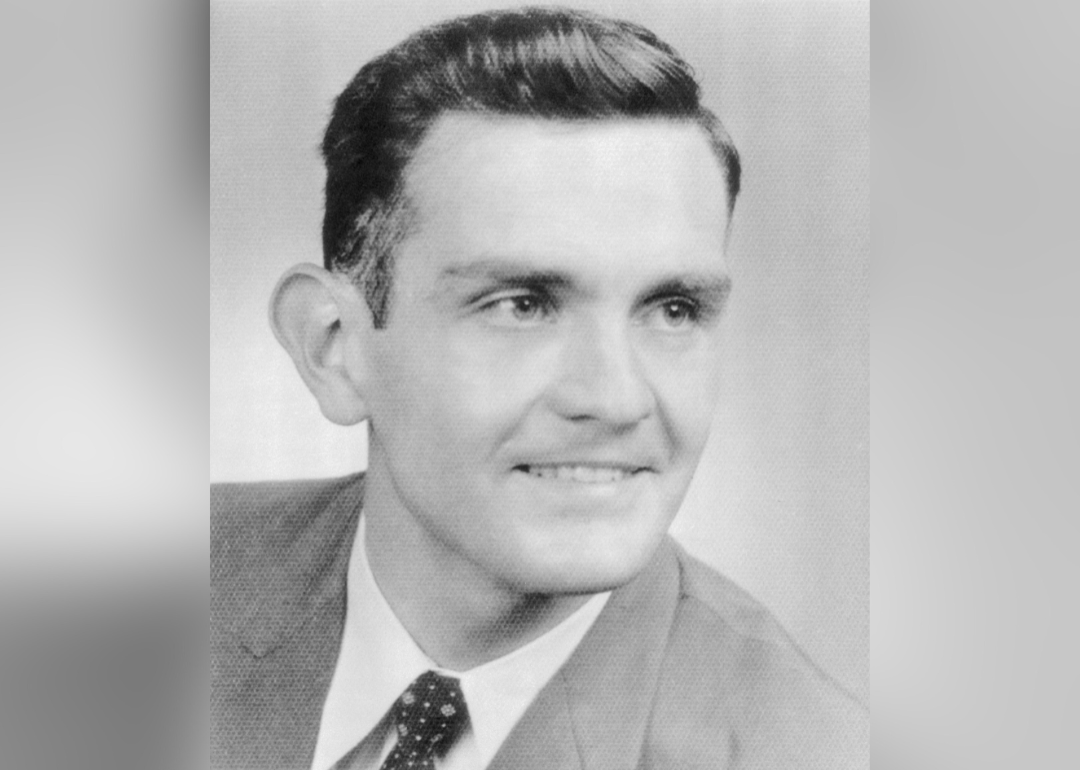
November 1965: Norman Morrison sets himself on fire in front of the Pentagon to protest the Vietnam War
Substantial antiwar protests began in the U.S. as early as 1963—but a turning point definitively arrived after the self-immolation of Norman Morrison. Staging his protest in front of the Pentagon, Morrison was a Quaker and pacifist from Baltimore, and though his actions did not lead to any direct changes in policy from the U.S. government, he was lauded in Vietnam for his sacrifice.
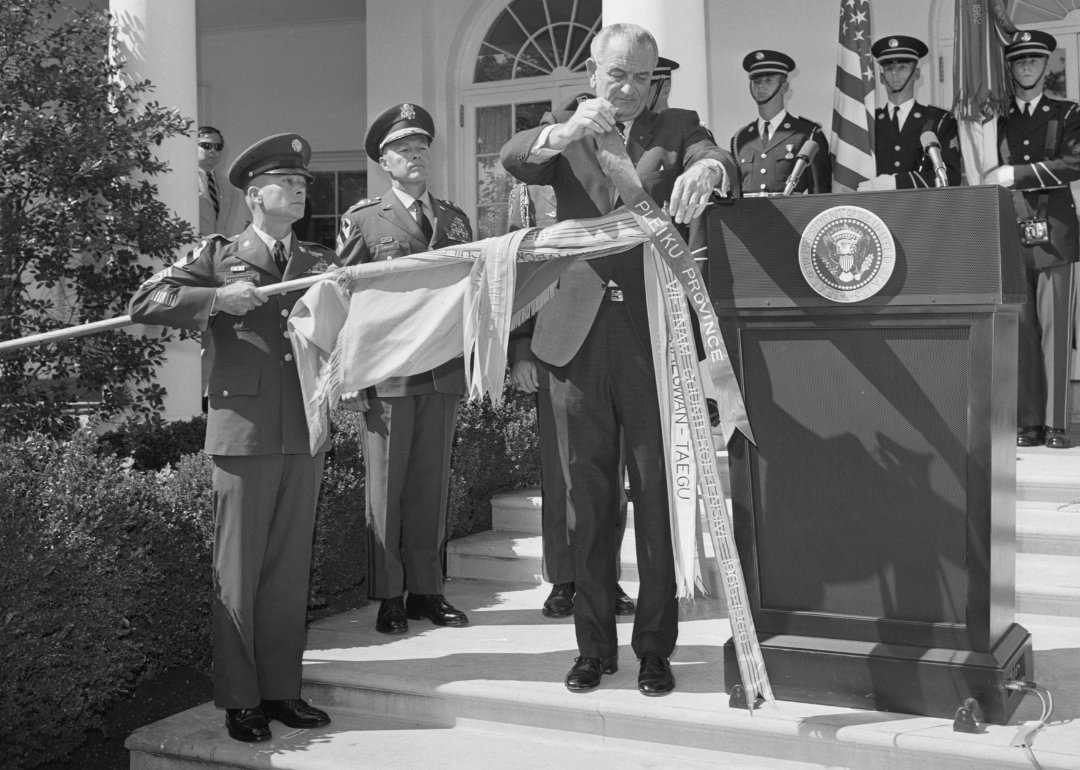
November 1965: The first large-scale battle of the war, the Battle of Ia Drang Valley, kills roughly 300 Americans and injures hundreds more
Resulting in the deaths of 305 American troops, and an estimated 2,000 North Vietnamese soldiers, the Battle of Ia Drang Valley pivoted the war from one primarily of small conflicts to full-fledged assaults. The battle had long-lasting implications, in that it reinforced tactics for both armies—with the NLF relying upon close-quarter combat to reduce artillery efficacy, and the U.S. pursuing a war of attrition with North Vietnam, aiming to dwindle their numbers.
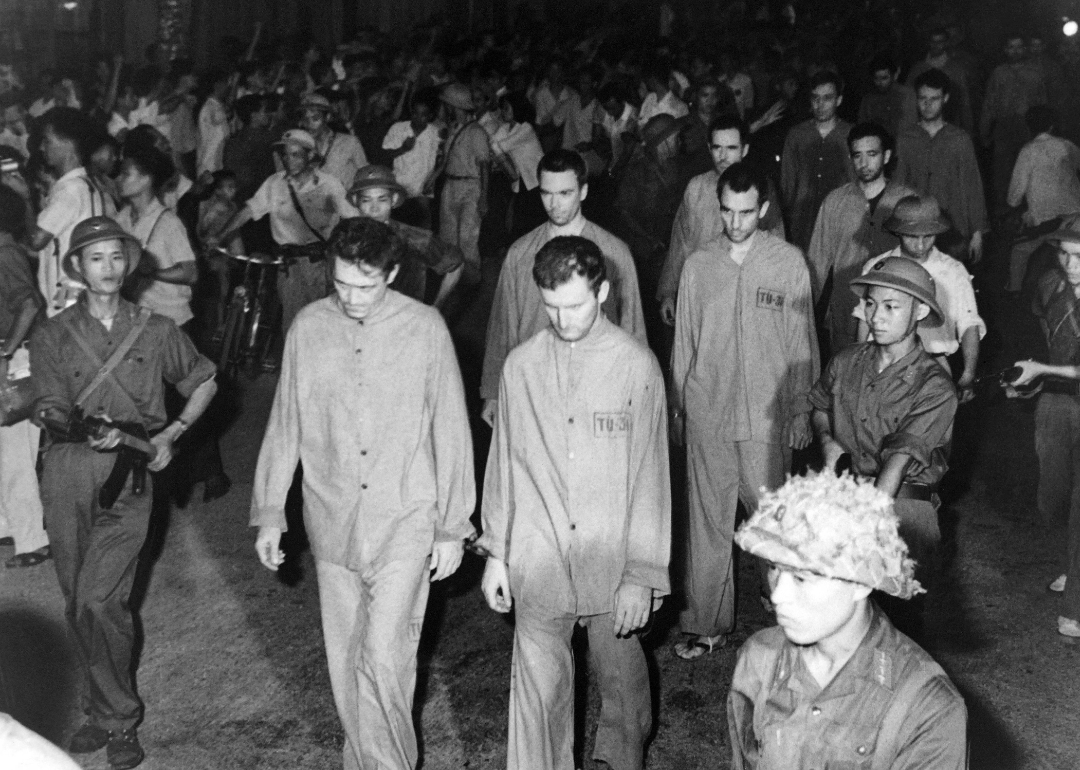
1966: The number of U.S. troops in Vietnam rises to 400,000
After a year of tremendous upscaling in the U.S. war effort in Vietnam, by year's end 6,000 American and 61,000 North Vietnamese soldiers had been killed, with 30,000 more American soldiers wounded. Domestically, antiwar protests rose in the U.S. while reporting on the abusive treatment of U.S. prisoners of war by North Vietnam gathered attention to the conditions of life for POWs.
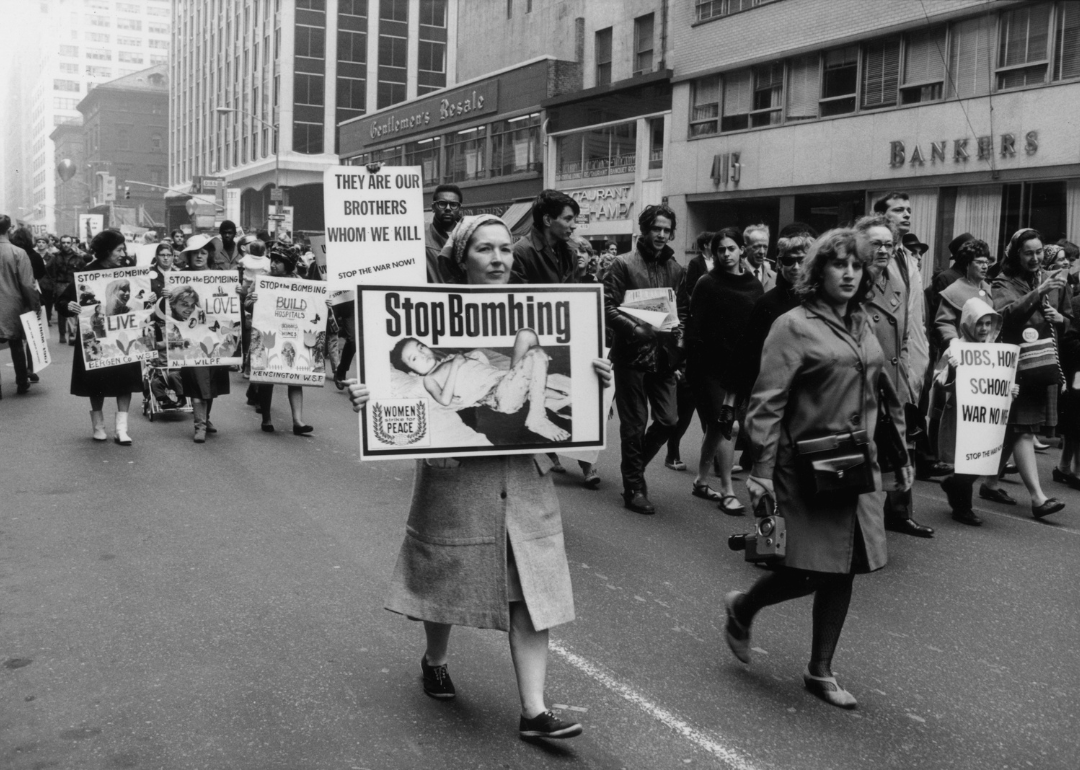
April 1967: Massive protests against the war occur in New York City, Washington D.C., and San Francisco
With nearly 40,000 young men being drafted every month, disillusionment spreading in particular through universities, and news of battlefield casualties reaching the American population, antiwar protests began to gain in size. The April protests garnered the participation of hundreds of thousands across multiple U.S. cities, with a number of prominent public figures attending, including the Rev. Martin Luther King Jr. On Oct. 21, 100,000 protesters gathered at the Lincoln Memorial, with 30,000 continuing the march and protesting at the Pentagon.
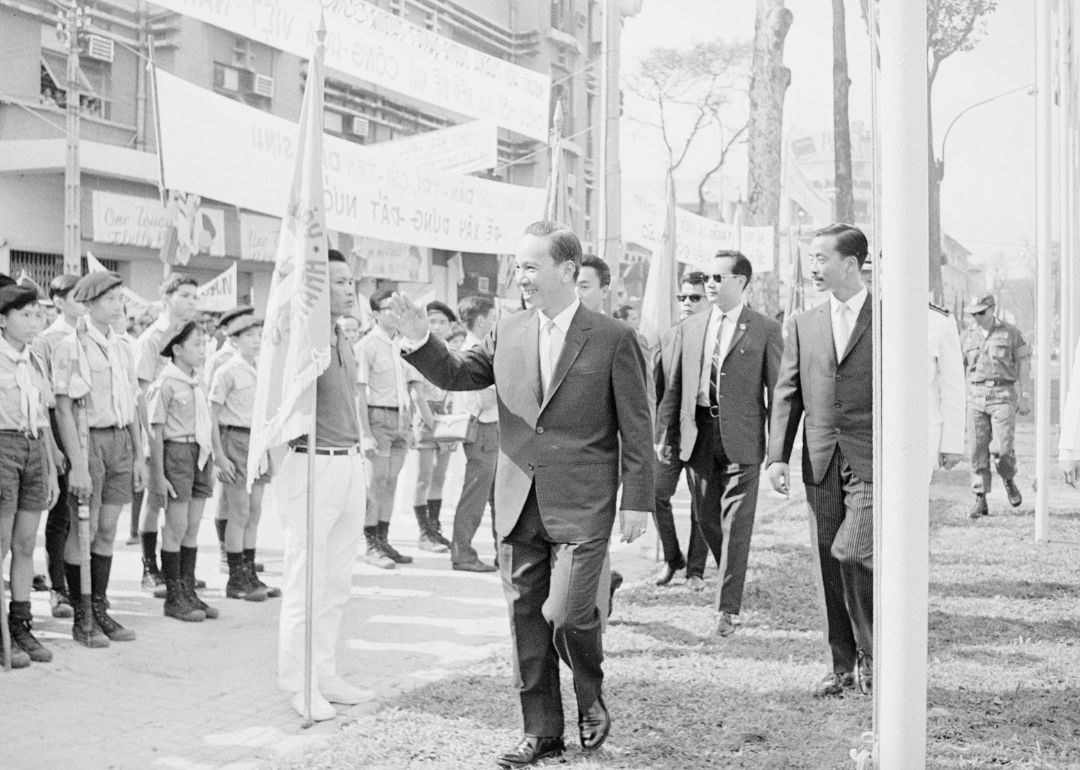
September 1967: Nguyen Van Thieu becomes president of South Vietnam under a new constitution
Having fought against the Viet Minh with the French in 1945, and taking part in the coup against Ngo Dinh Diem in 1963, Nguyen would lead South Vietnam for the remainder of the war. A staunch anti-Communist, Nguyen retained American political backing until its eventual withdrawal from the conflict and was famously uncompromising with his North Vietnamese rivals.
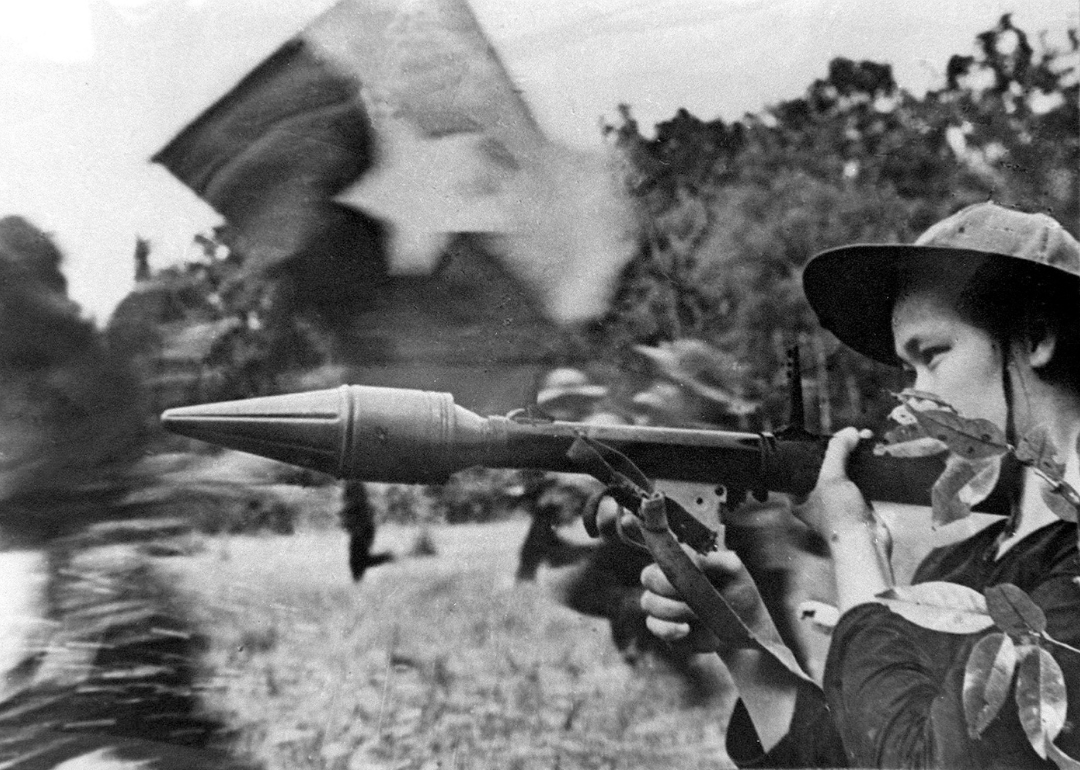
January 1968: The Tet Offensive begins
A series of widespread and coordinated assaults on South Vietnamese cities by North Vietnam and the NLF, the Tet Offensive was a turning point in the war, marking an end to the American narrative that the war would wrap up quickly. North Vietnam and the NLF suffered massive casualties from the offensive, with an estimated 60,000 dead. And while the U.S. and South Vietnamese forces suffered a comparatively slight 12,727 casualties (with 2,100 and 4,000 dead, respectively), the offensive nevertheless exacerbated worsening domestic opinion of the war in America.
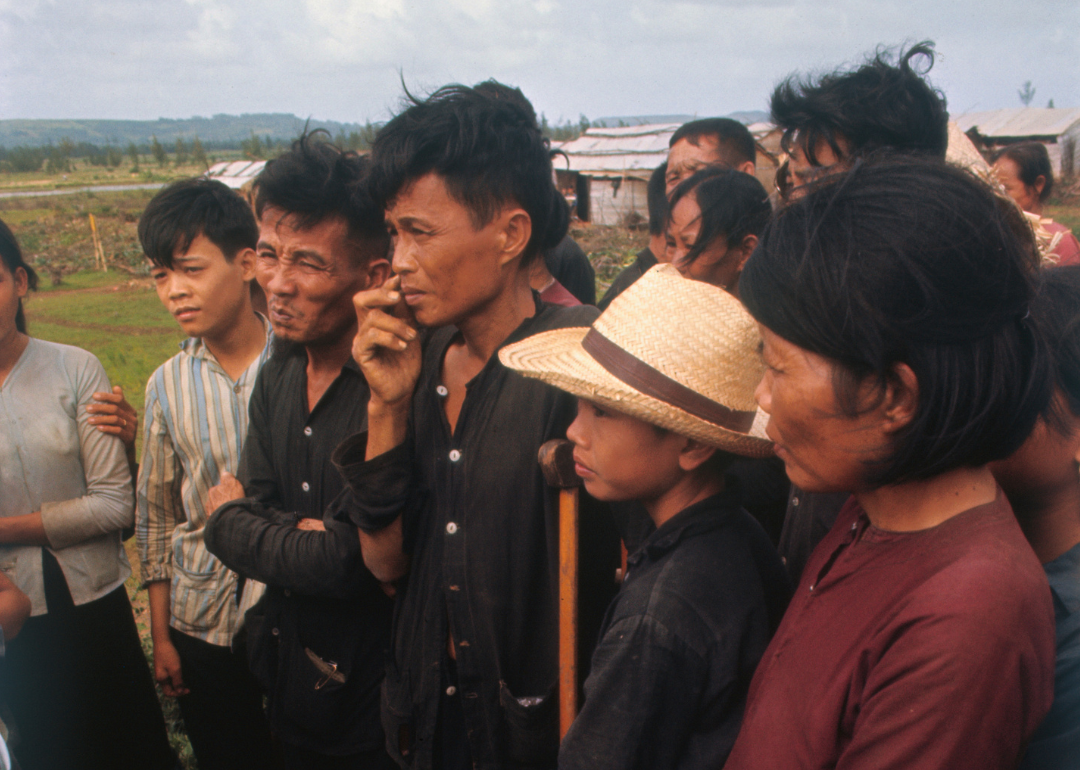
March 16, 1968: U.S. troops murder more than 500 civilians at the My Lai Massacre
In an unprovoked assault on the village of My Lai in northern South Vietnam, a company of recently deployed and undertrained U.S. soldiers committed numerous atrocities, including the indiscriminate murder of 500 civilians, men, women, and children. Lieutenant William Calley, the leader of the company's 1st Platoon who personally ordered the mass executions of 150 civilians grouped in an irrigation ditch, would later become the only soldier convicted for the atrocity. Though sentenced to life in prison, he would serve only three years under house arrest and be released in 1974.
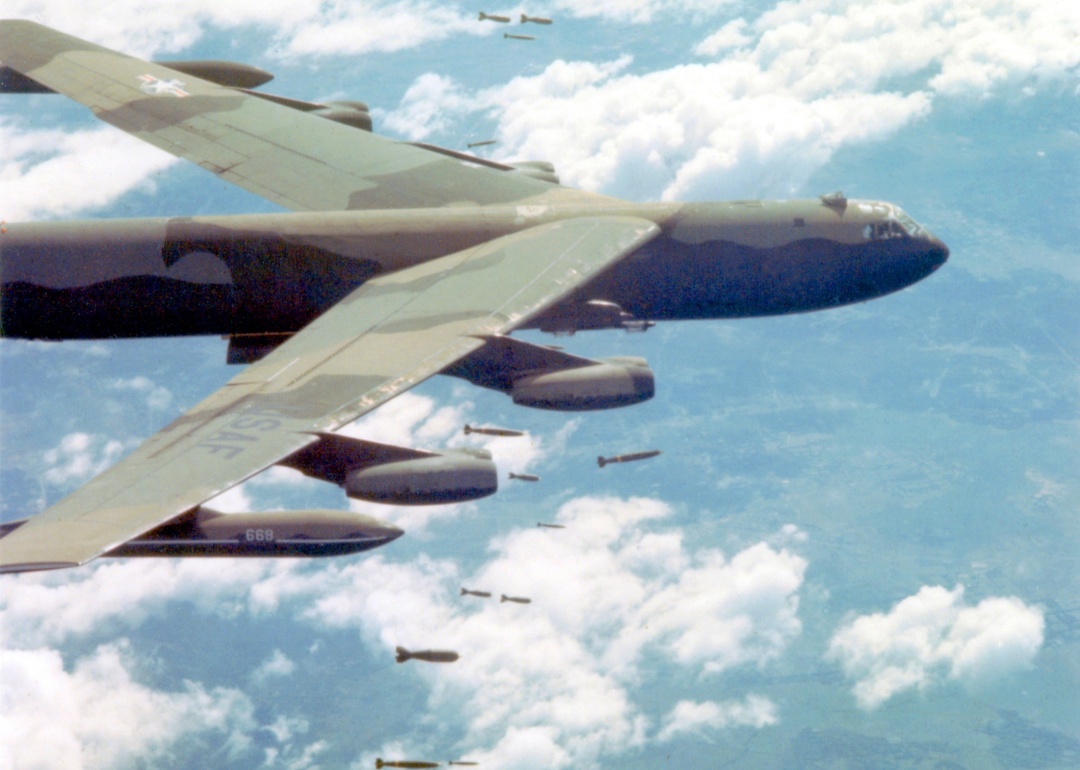
March 1968: President Johnson halts some bombing of Vietnam in the face of public backlash
Facing backlash on the heels of the massacre at My Lai, and million-strong protests of the war, President Johnson slows the pace of U.S. bombing in Vietnam—calling for peace negotiations—and announces that he will not run for reelection. Richard Nixon would go on to win the subsequent presidential election, making promises to end U.S. involvement in the war with "peace and honour."
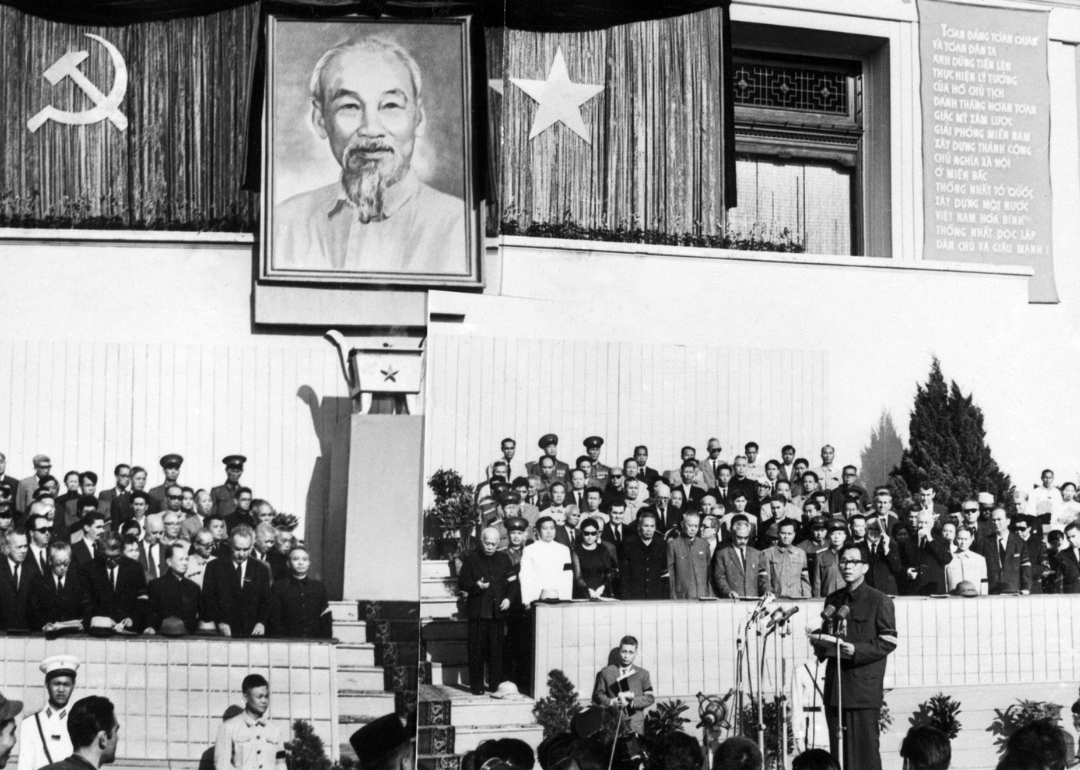
September 1969: Ho Chi Minh dies of a heart attack
After an extended period of ill health, Ho Chi Minh died of heart failure at his home in Hanoi. Control of North Vietnam had long been ceded to his successors by this point, but Ho had remained involved in North Vietnamese affairs and was a deeply symbolic figure for many Vietnamese. His funeral was attended by 250,000 mourners, including the Soviet Premier and the Chinese Vice-Premier.
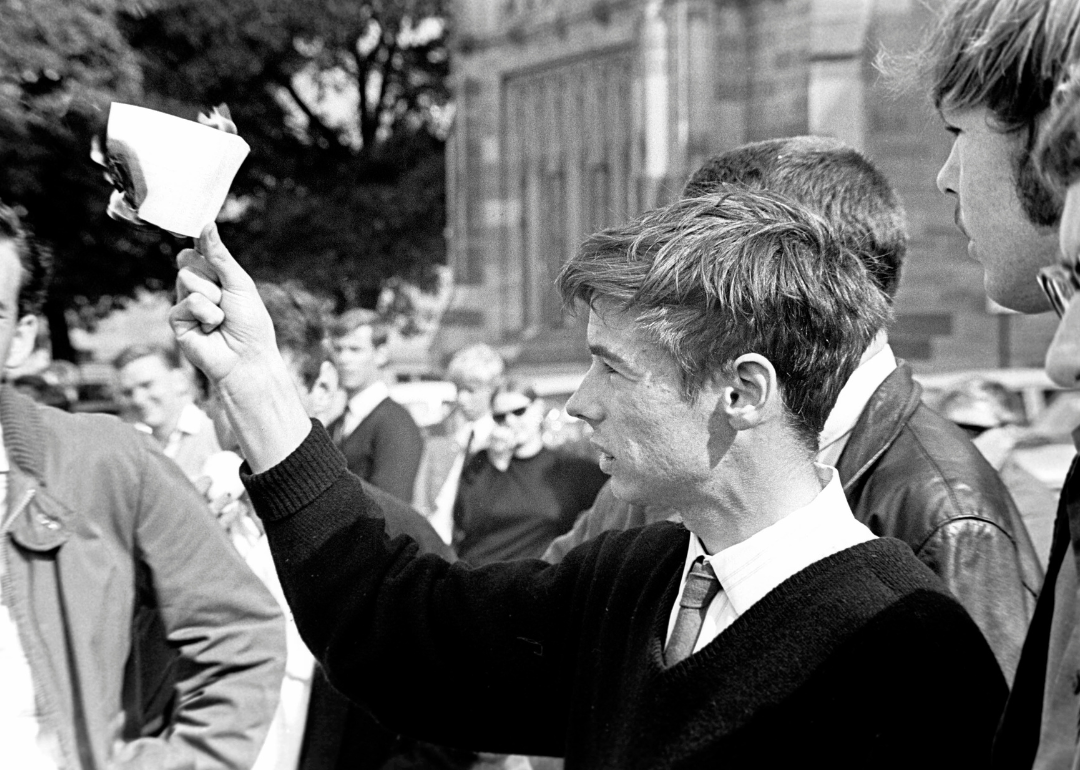
December 1969: The U.S. begins the first draft lottery since World War II
The draft lottery system worked by randomly assigning every potential birthdate in a year a number between 1 and 366, determining the order in which people would be called to serve based on their day of birth. The date Sept. 14 was assigned the number 001—and all in all, only numbers 1 through 195 were called to duty. America would suspend the use of the involuntary draft in 1973, relying on voluntary enlistment from then on.
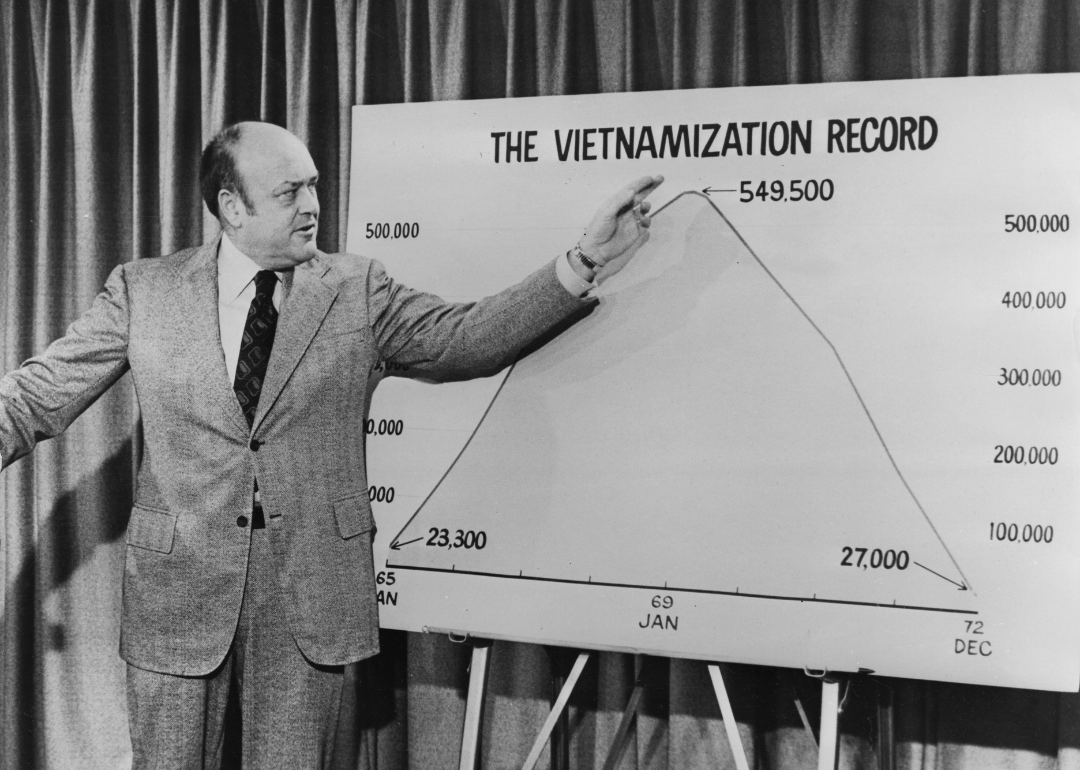
1969-1972: U.S. troops are gradually pulled out of Vietnam
From 1969 onward the U.S. would pull out over 100,000 troops from Vietnam every year, a process of gradual shifting of responsibility to the South Vietnam government known as Vietnamization. By the end of 1972, only 24,400 U.S. troops remained in Vietnam, having peaked at 536,100 in 1968. South Vietnam had amassed nearly 1 million soldiers in its army by this point.
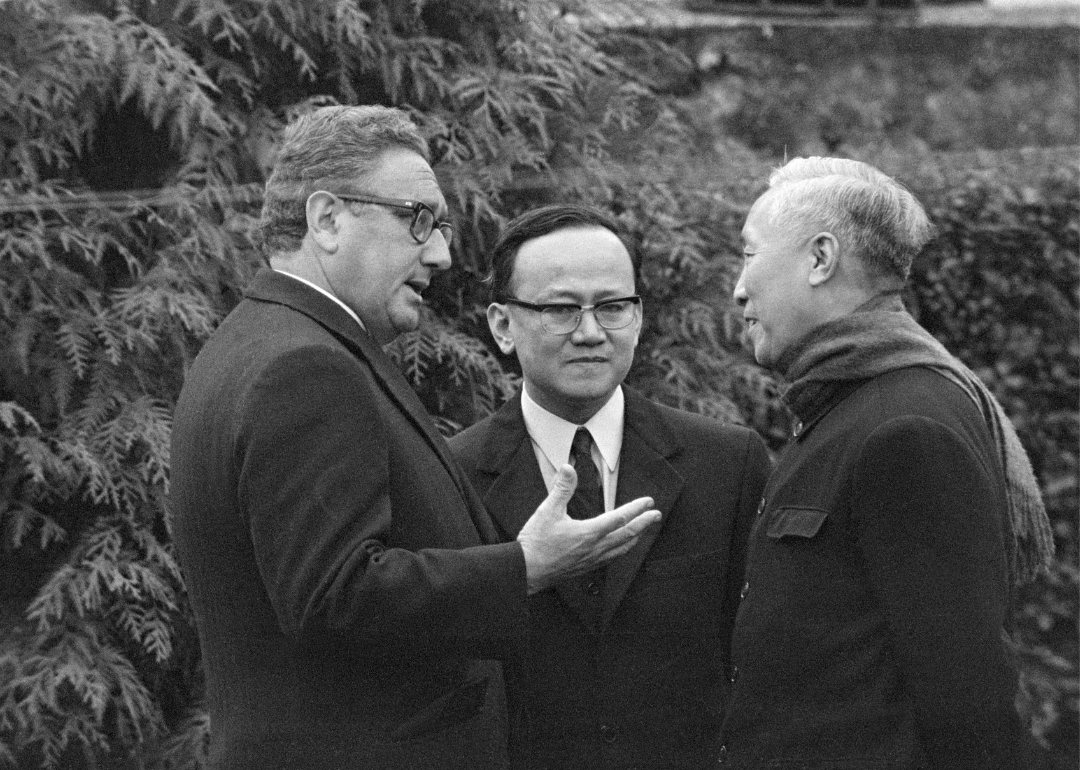
February 1970: Henry Kissinger meets with Le Duc Tho for secret peace negotiations
Beginning in 1969 and 1970 and lasting until 1973, U.S. National Security Advisor (and later Secretary of State) Henry Kissinger conducted negotiations over the course of 68 meetings with Le Duc Tho, the fifth-ranking member of North Vietnam's politburo. These talks would eventually lead to the Paris Peace Accords in 1973—even as Kissinger was directly involved with escalations of the war. Jointly receiving the Nobel Peace Prize for their efforts, Le refused the award, and Kissinger later offered to return it after South Vietnam fell in 1975.
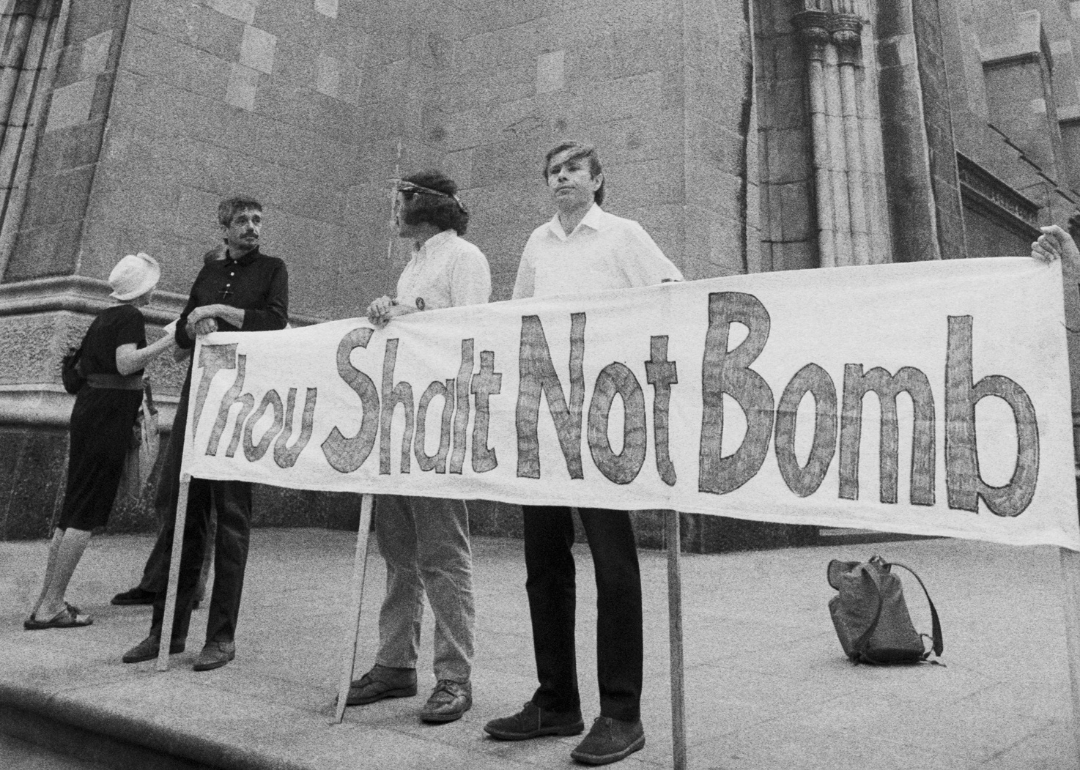
March 1969-May 1970: The U.S. conducts Operation Menu, a series of secret bombings in Cambodia
Beginning in 1969 and taking place over four years, the U.S. bombing of Cambodia is estimated to have resulted in the deaths of between 150,000-500,000 civilians. Intended to combat the growth of communism in the country, President Nixon attempted to keep the existence of these raids secret from Congress and the American public, but word got out and resulted in widespread protests.
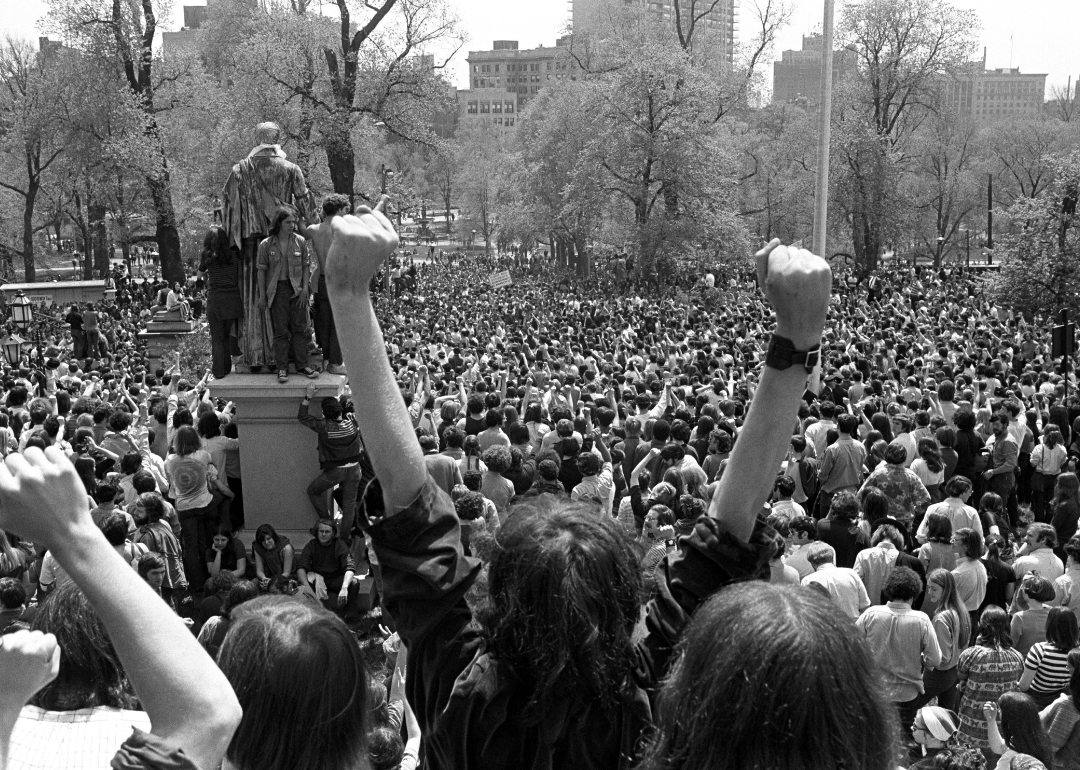
May 4, 1970: National Guardsmen open fire on antiwar protesters at the Kent State shooting
One of the most infamous domestic events of the Vietnam War, the protests at Kent State had arisen as news of the secret raids conducted in Cambodia had spread. The Ohio National Guard killed four unarmed college students and wounded nine more during the shooting. In the aftermath, President Nixon withdrew troops from Cambodia but did not discontinue the deadly and indiscriminate bombing campaign.
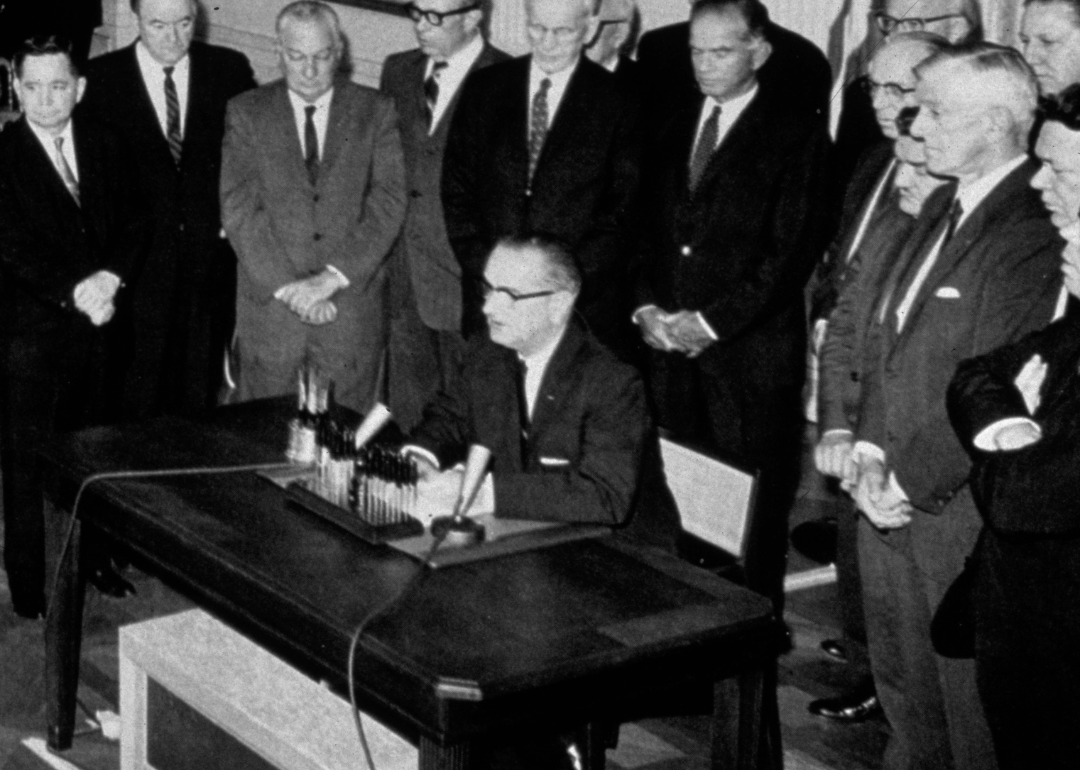
June 1970: Congress repeals the Gulf of Tonkin Resolution
In an attempt by Congress to limit presidential power over the Vietnam War effort, the repeal of the Tonkin Resolution passed in the Senate 81-10. The Nixon Administration would go on to argue that it did not derive its legal authority in conducting the Vietnam War from the Tonkin Resolution, but that the president already had the authority as commander in chief.
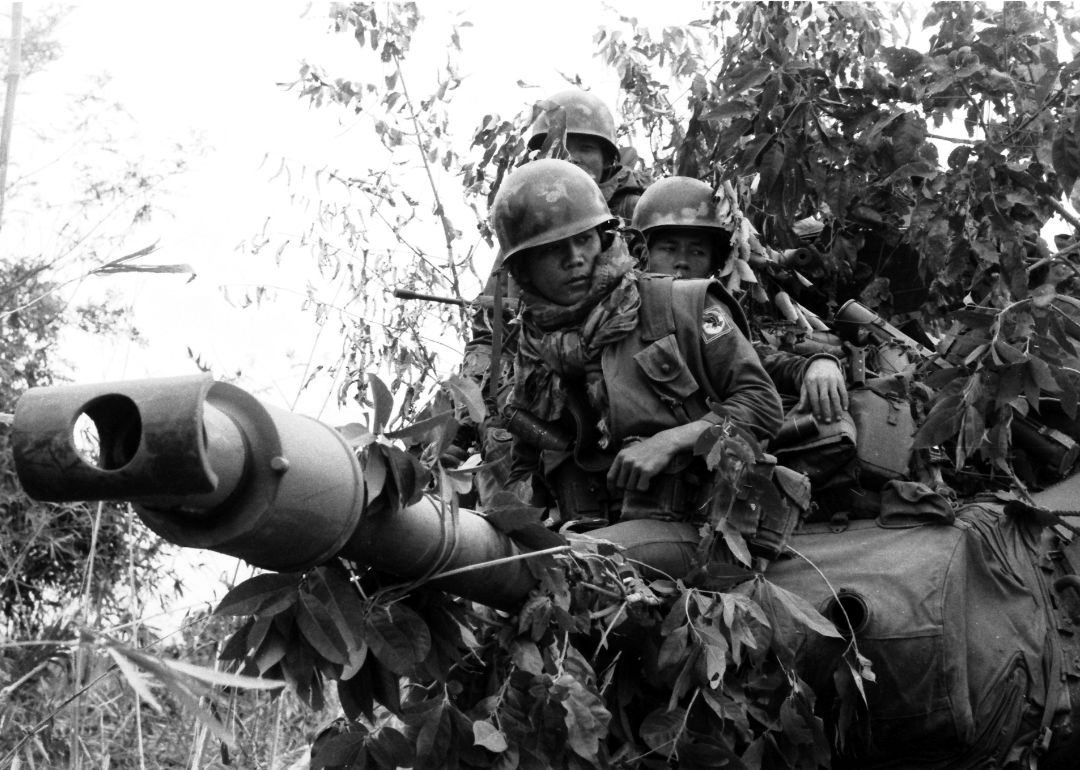
January-March 1971: Operation Lam Son attempts to cut off the Ho Chi Minh Trail and fails
Advancing into Laos to stem the flow of soldiers and supplies along the Ho Chi Minh trail, three South Vietnamese divisions marched into a trap laid by North Vietnamese forces. In part a test of Vietnamization, U.S. troops were not permitted to cross into Laos, though they did provide air support. The ensuing conflict lasted 60 days and ended in failure—resulting in 9,000 South Vietnamese casualties, the destruction of a vast quantity of South Vietnam's armoured vehicles, and hundreds of U.S. helicopters and planes.
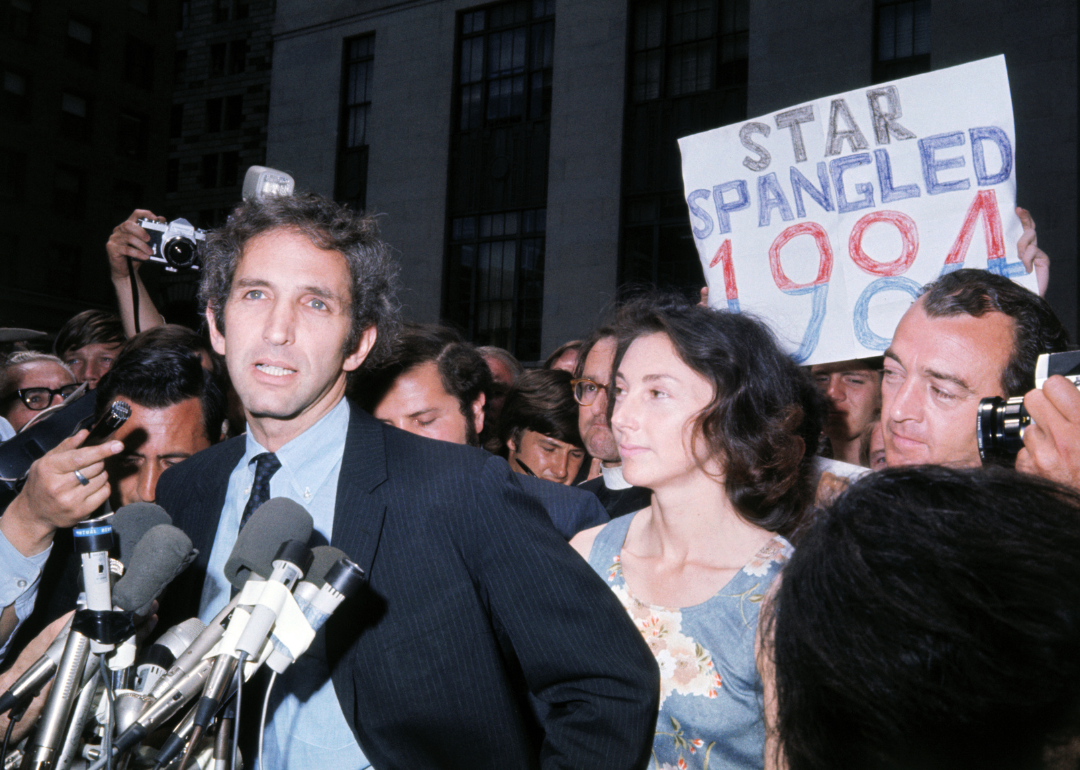
June 1971: The New York Times publishes the Pentagon Papers
The Pentagon Papers, provided to the New York Times by Daniel Ellsberg, contained a full and often classified history of U.S. involvement in Indochina, including details of the lead-up to the Vietnam War that had not been revealed to the American public. The embarrassment of the Pentagon Papers led President Nixon to attempt to illegally discredit Ellsberg, efforts which came to light during the Watergate scandal and resulted in Nixon's resignation in 1974.
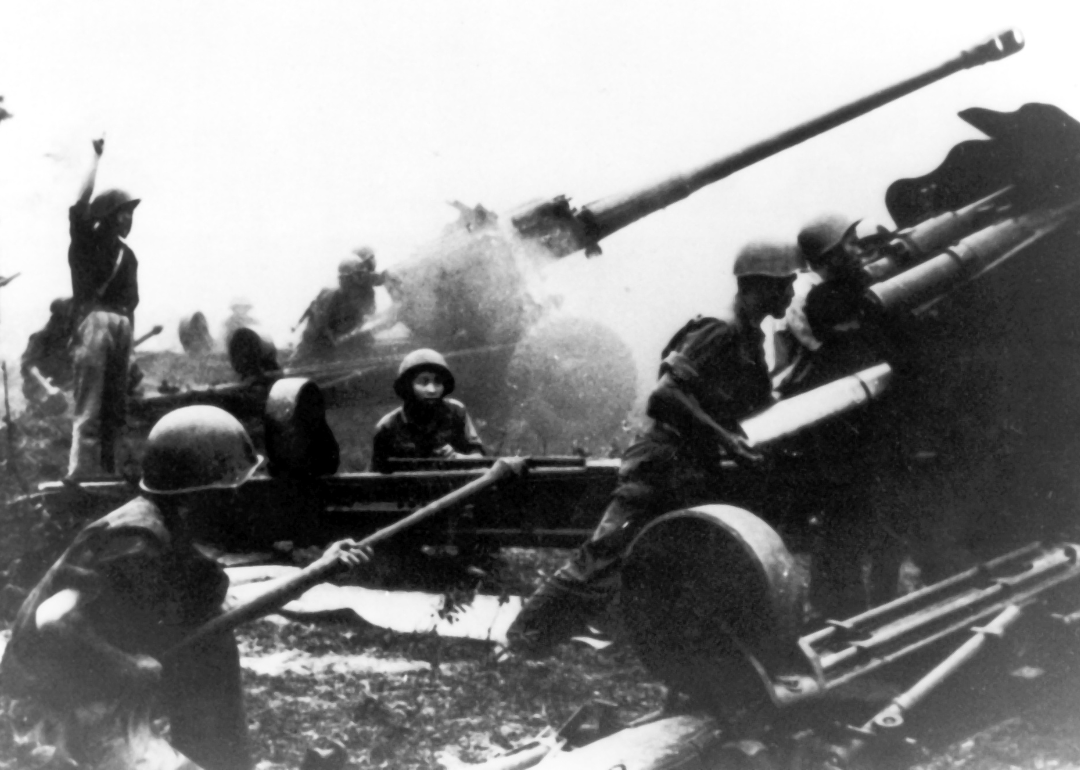
March-October 1972: North Vietnam launches the Easter Offensive against South Vietnam
Equipped with new weaponry provided by China and Soviet Russia, North Vietnam launched a more conventional, multipronged, and full-scale attack from Laos, Cambodia, and across the demilitarized zone, leading to a gradual South Vietnamese retreat but ultimately repelling North Vietnamese forces. As many as 100,000 North Vietnamese troops were lost in the assault, with South Vietnam casualties numbering roughly 43,000 with 10,000 dead. Over 25,000 Vietnamese civilians were killed, and an estimated 1 million were displaced as a result of this conflict.
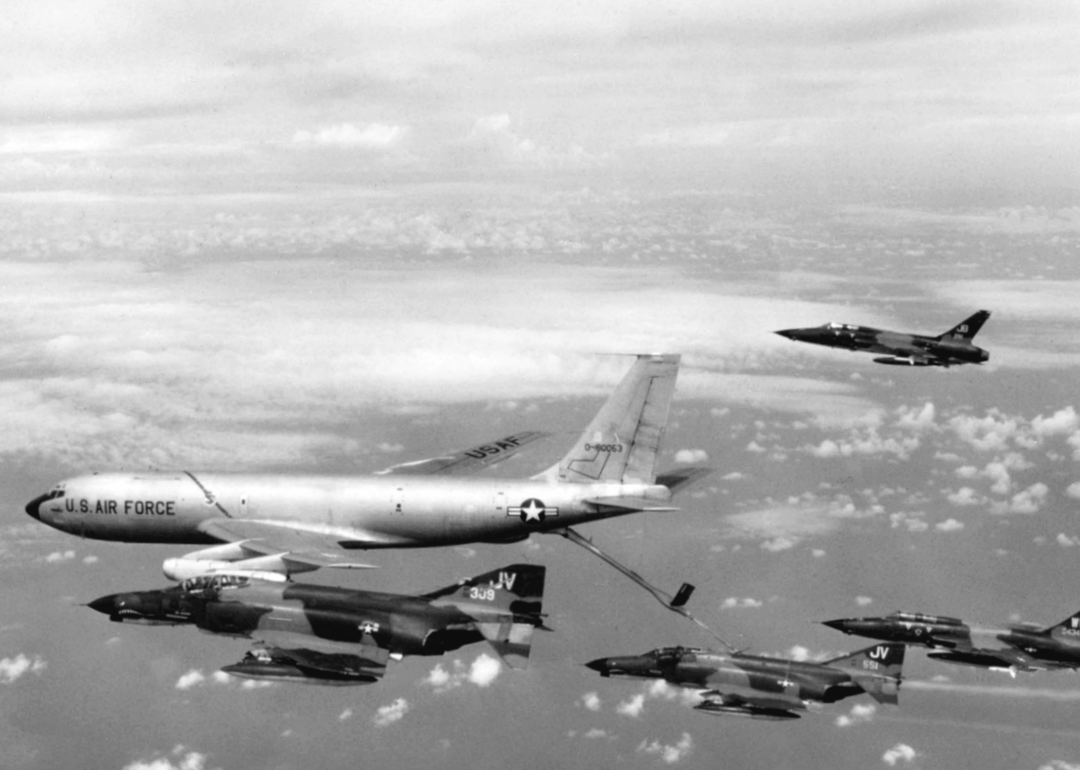
December 1972: President Nixon launches Operation Linebacker, dropping about 20,000 bombs on densely populated regions in Vietnam
A last and perhaps desperate attempt to materially and psychologically damage the North Vietnamese people through "shock and awe" tactics, Operation Linebacker resulted in the deaths of at least 1,600 Vietnamese civilians in densely populated regions. Widespread infrastructural destruction set the country back on many of the early improvements the Communist government had undertaken. Thirty-three U.S. airmen were killed in the raids, and 15 B-52s were shot down—deaths that were seen domestically as largely in vain, as historians generally agree that North Vietnam had already decided to resume peace talks before the bombings.
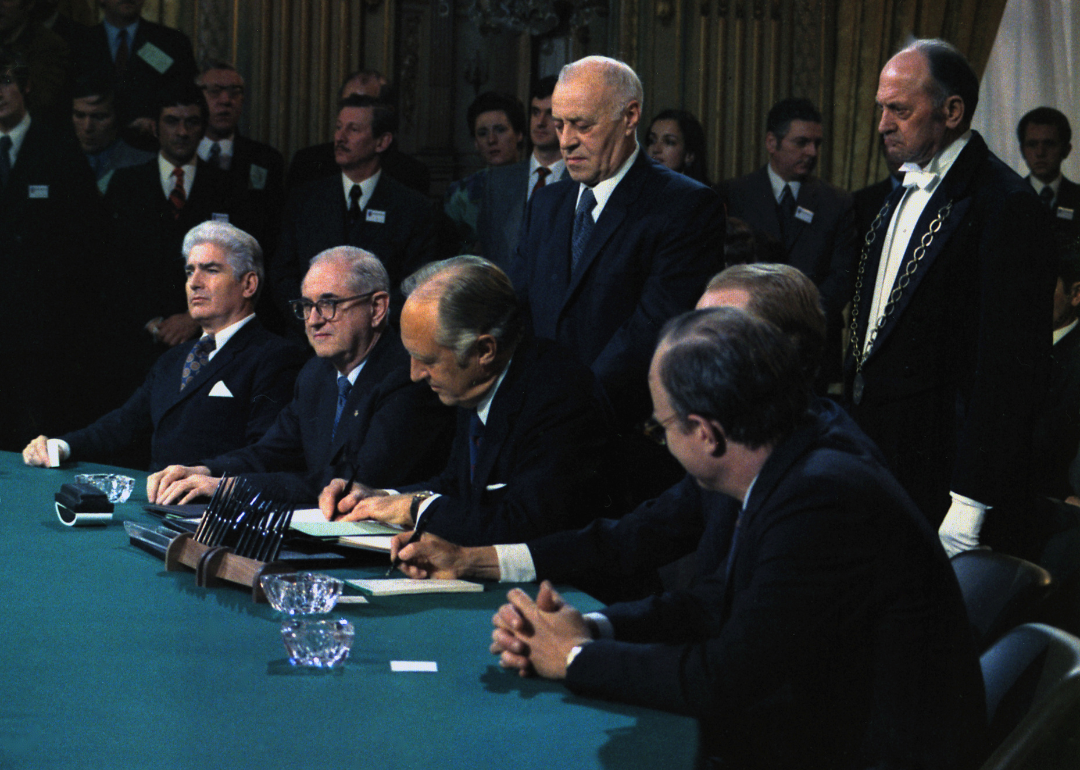
January 1973: The U.S. ends the draft lottery and President Nixon signs the Paris Peace Accords
The signing of the Paris Peace Accords marked the end of U.S. involvement in Vietnam, with all troops to be withdrawn in 60 days. Under the agreement, Vietnam remained divided into North and South at the 17th parallel—though North Vietnam swiftly resumed planning the takeover of South Vietnam.
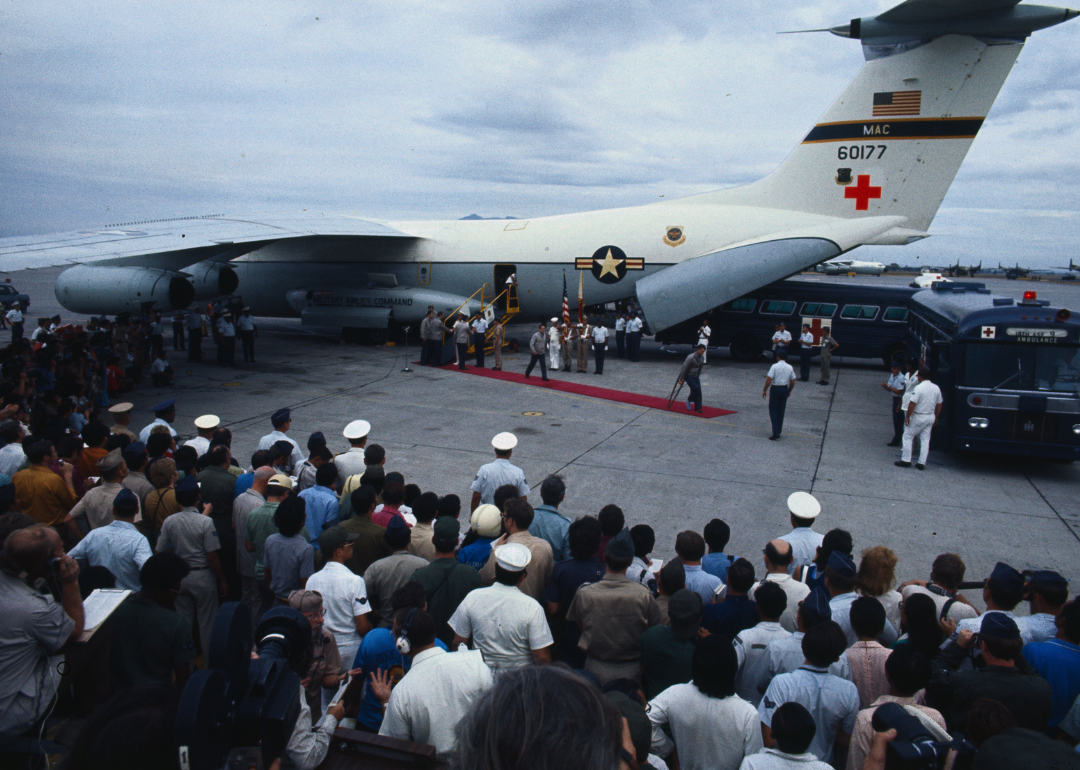
February-April 1973: Operation Homecoming sees the return of 591 American prisoners of war from Vietnam
The POWs returned after the Paris Peace Accords arrived from captivity under North Vietnam, the NLF, and other militant groups. Some had been held for as long as five years, and the longest-held U.S. POW for nine—with North Vietnam acknowledging that 55 American servicemen had died during their captivity.
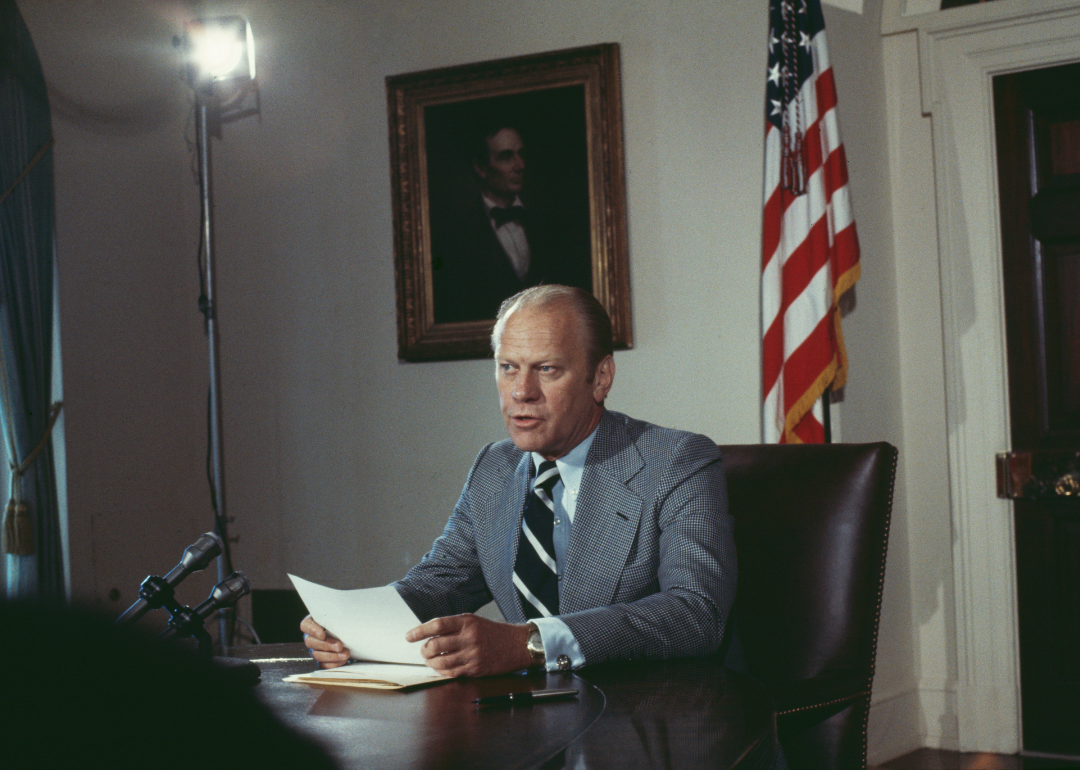
January 1975: President Ford says the U.S. will have no further involvement in Vietnam
After a blatant breaking of the Paris Peace Accords by the North Vietnamese, President Ford declared that the U.S. would commit no further resources or troops to Vietnam. The news deeply dismayed the South Vietnamese government, which struggled to maintain a grip on its territory. In the subsequent March, the North Vietnamese began a massive offensive that would result in the full-scale retreat and ultimate defeat of South Vietnamese forces.
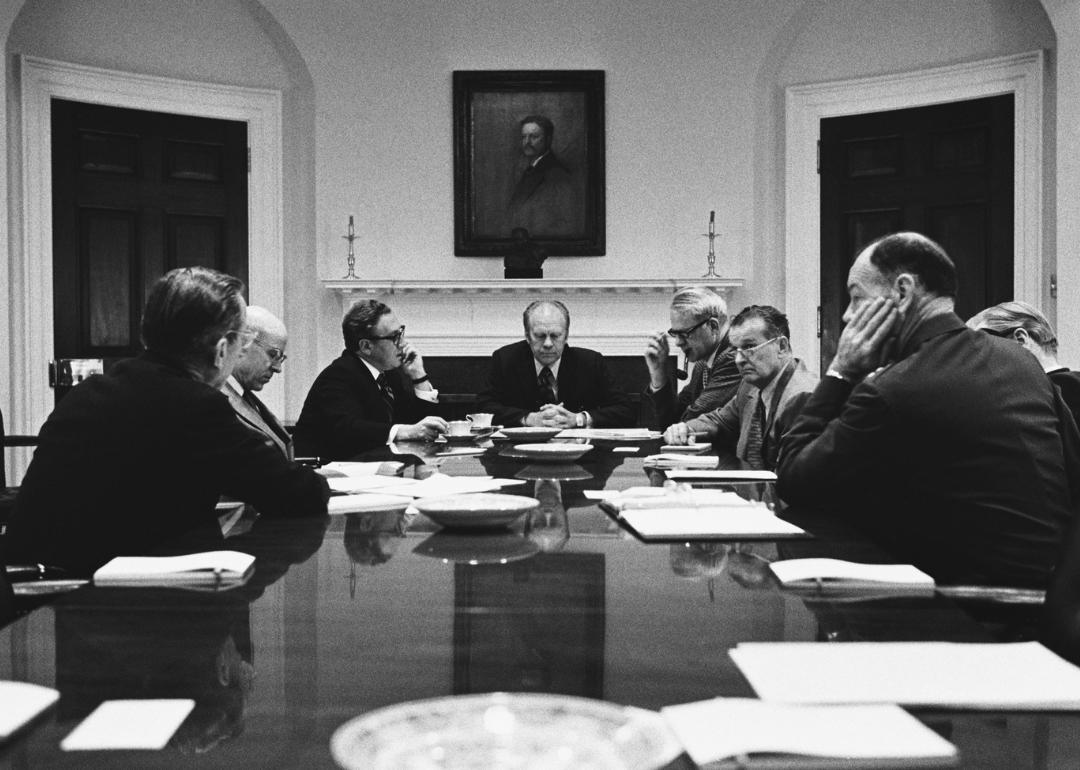
April 1975: The U.S. transports more than 1,000 American troops and 7,000 South Vietnamese refugees out of Saigon as South Vietnam surrenders to Communist forces
After only five weeks, the North Vietnamese army made widespread and rapid gains, quickly advancing to Saigon and encircling the city. As the U.S. embassy and the troops guarding it were being evacuated, two U.S. Marines died from a rocket attack, the final U.S. casualties of the war. South Vietnam offered an unconditional surrender, potentially preventing a bloody urban conflict.
July 1975: Both North and South Vietnam are officially united under the Communist rule of the Socialist Republic of Vietnam
Commemorated thereafter in Vietnam as "Reunification Day," the reunification of the country also resulted in the renaming of Saigon to Ho Chi Minh City. In the ensuing years, the government instituted reeducation and relocation policies for former South Vietnamese citizens. The end of the war also began a refugee crisis that would last for decades—from 1975 to 1995 over 3 million Vietnamese, Cambodians, and Laotians fled their homelands often in small vessels, gaining the name of "boat people."
